Warehousing and Logistics: Get Your Quote Now!
At Ziegler UK, we provide end-to-end warehousing and logistics solutions tailored to businesses across the pharmaceutical, FMCG, fashion, retail, and industrial sectors. Our strategically located warehouses in London Gateway, Northampton, and Birmingham ensure efficient national and European distribution, integrating seamlessly with road, sea and air networks.
Whether you need short-term overflow storage, temperature-controlled warehousing, or multimodal transport solutions, Ziegler UK delivers flexibility, reliability, and technology-driven visibility to streamline your supply chain.
Comprehensive Warehousing and Logistics
Optimise your UK, European and World distribution with our state-of-the-art warehousing and logistics facilities. Each site is designed to support bulk storage, palletised goods, and value-added services such as packing, assembly, labelling, and quality inspections.
Industry-Specific Solutions
- Pharmaceutical & Healthcare: WDA-licensed, temperature-controlled storage at Northampton ensures compliance and supply chain security.
- FMCG & Retail: Fast, scalable storage solutions with real-time inventory tracking for high-demand products.
- Fashion & Luxury Goods: Secure, climate-controlled warehousing for delicate and high-value stock.
- Industrial & Automotive: Large-scale logistics operations supported by multimodal transport links.
Strategic Warehouse Locations
London Gateway – Ziegler UK’s Multimodal Hub
- 500,000 sq ft facility within DP World’s London Gateway Logistics Park.
- 37 docking bays and 55,000 pallet racking spaces for high-volume distribution.
- Priority 24/7 port access, enabling fast clearance and turnaround of over 30 containers daily.
- Dedicated value-added services mezzanine (24,000 sq ft) for assembly, packaging, and order customisation.
- Best for: High-volume imports, fast-moving consumer goods, and multimodal logistics.
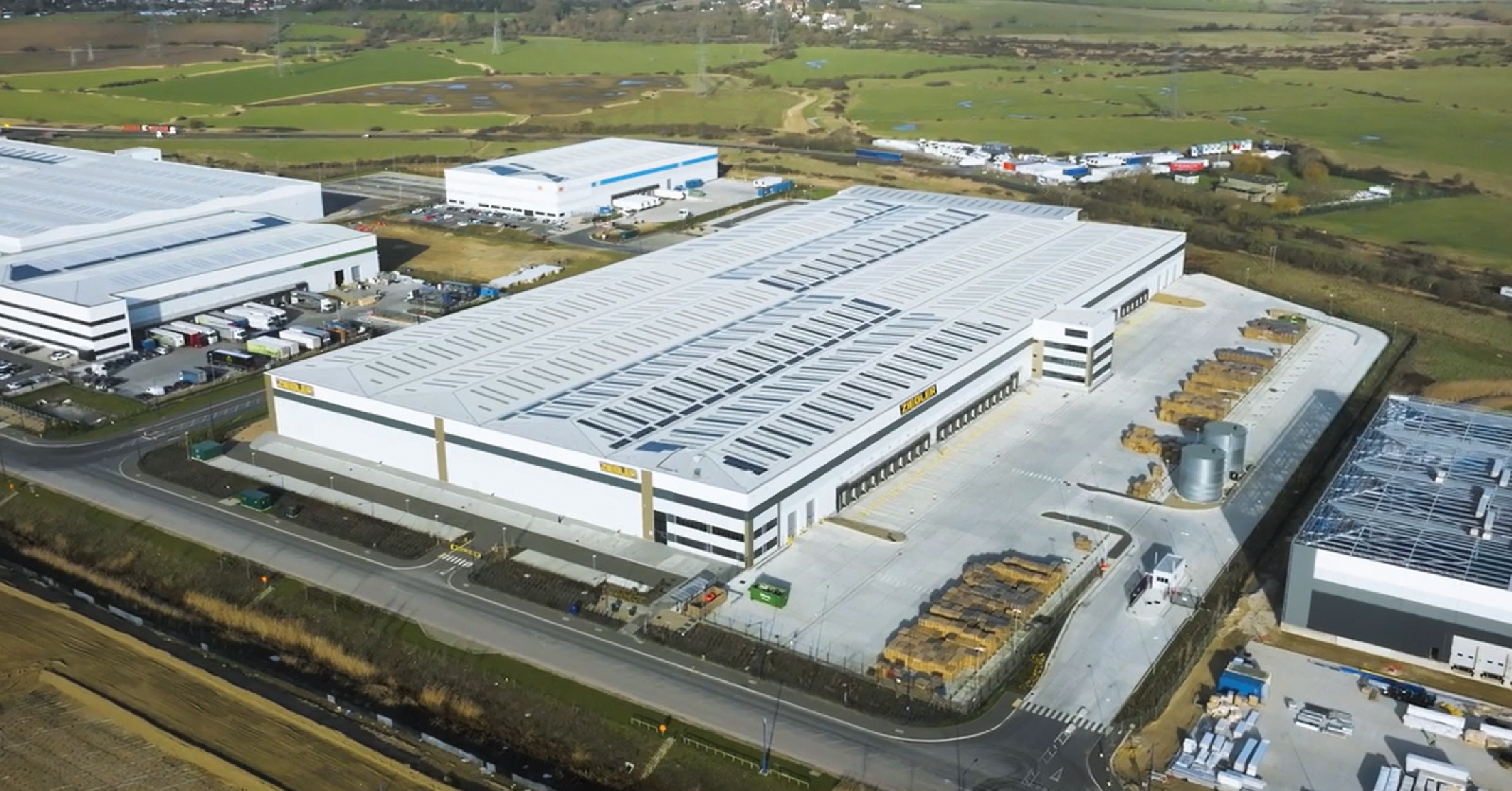
Northampton – The UK’s Premier Pharmaceutical Storage Hub
Ziegler UK’s Northampton warehouse has achieved a major milestone: it has been granted a Wholesale Distribution Authorisation (WDA) licence by the Medicines and Healthcare products Regulatory Agency (MHRA). This positions Ziegler as the only provider with a full UK network for pharmaceutical cold storage.
With 600 pallet spaces dedicated to temperature-controlled ambient and chilled healthcare storage, our GDP-trained team ensures full regulatory compliance and the safe, efficient distribution of pharmaceuticals and healthcare products.
Why Northampton is the Leading Choice for Healthcare Logistics
- WDA-Licensed Pharmaceutical Storage: Fully authorised to handle regulated healthcare products.
- Strict GDP Compliance: Ensuring product integrity and safety at every stage of storage and distribution.
- Hi-Tech Security: Advanced monitoring and tracking systems to protect valuable pharmaceuticals.
- Temperature Mapping & Back-Up Power: Guaranteed stability for temperature-sensitive shipments, even in power outages.
- Next-Day Temperature-Controlled Parcel Services: Swift and reliable pharmaceutical distribution.
- Dedicated Temperature-Controlled Delivery Services: Ensuring direct, secure transport to healthcare facilities.
- Best for: Pharmaceuticals, healthcare, and cold chain logistics requiring specialised compliance and high security.
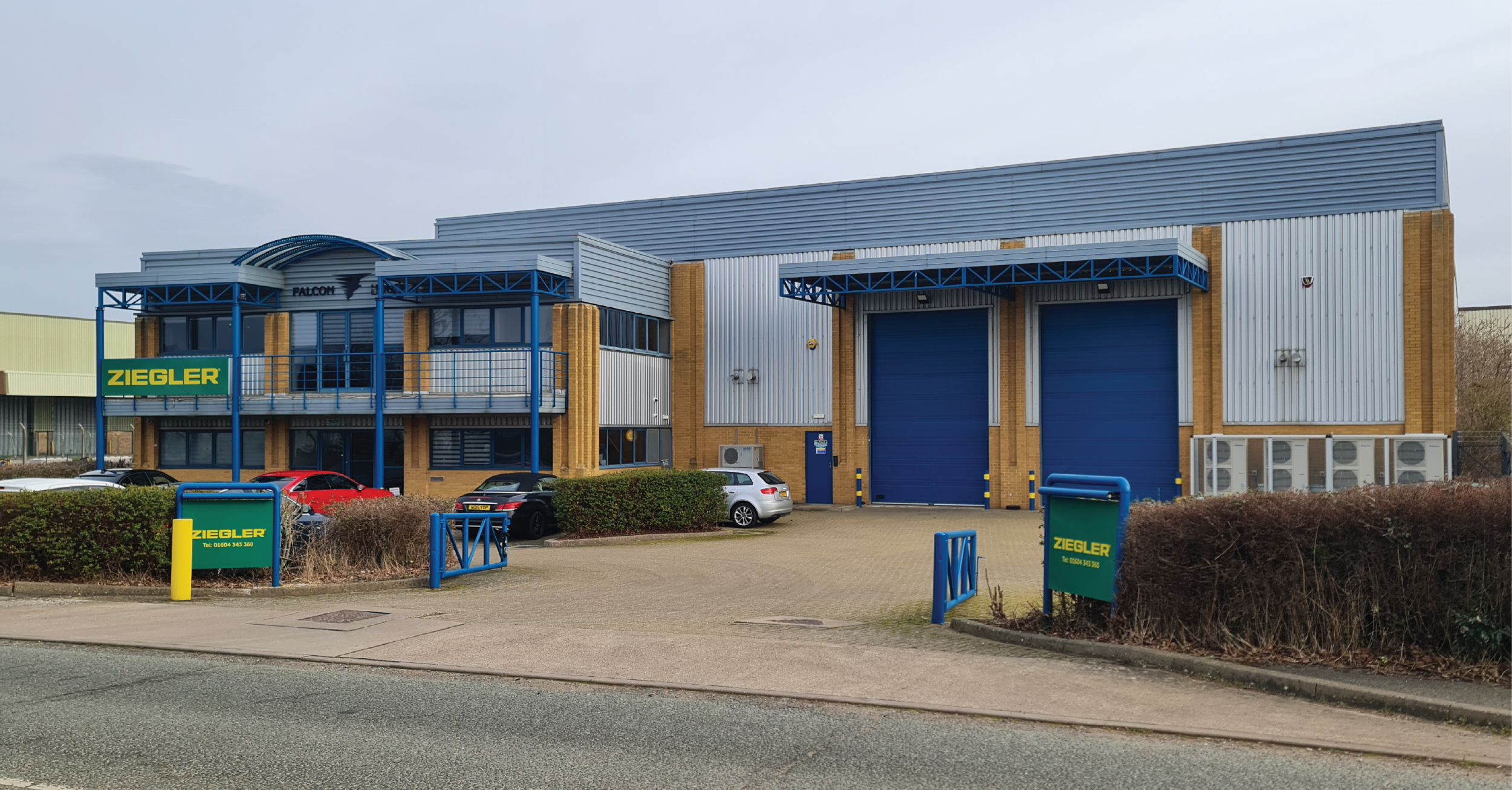
Birmingham (Tamworth) – Expanding to Meet Demand
- New 55,236 sq ft warehouse, just off the M42, with nationwide connectivity.
- 4 dock-level loading doors & 2 level access doors for efficient goods handling.
- Secure 50m yard depth, ideal for large-scale logistics and smooth operations.
- Best for: Nationwide distribution, scalable warehouse space, and fast logistics.
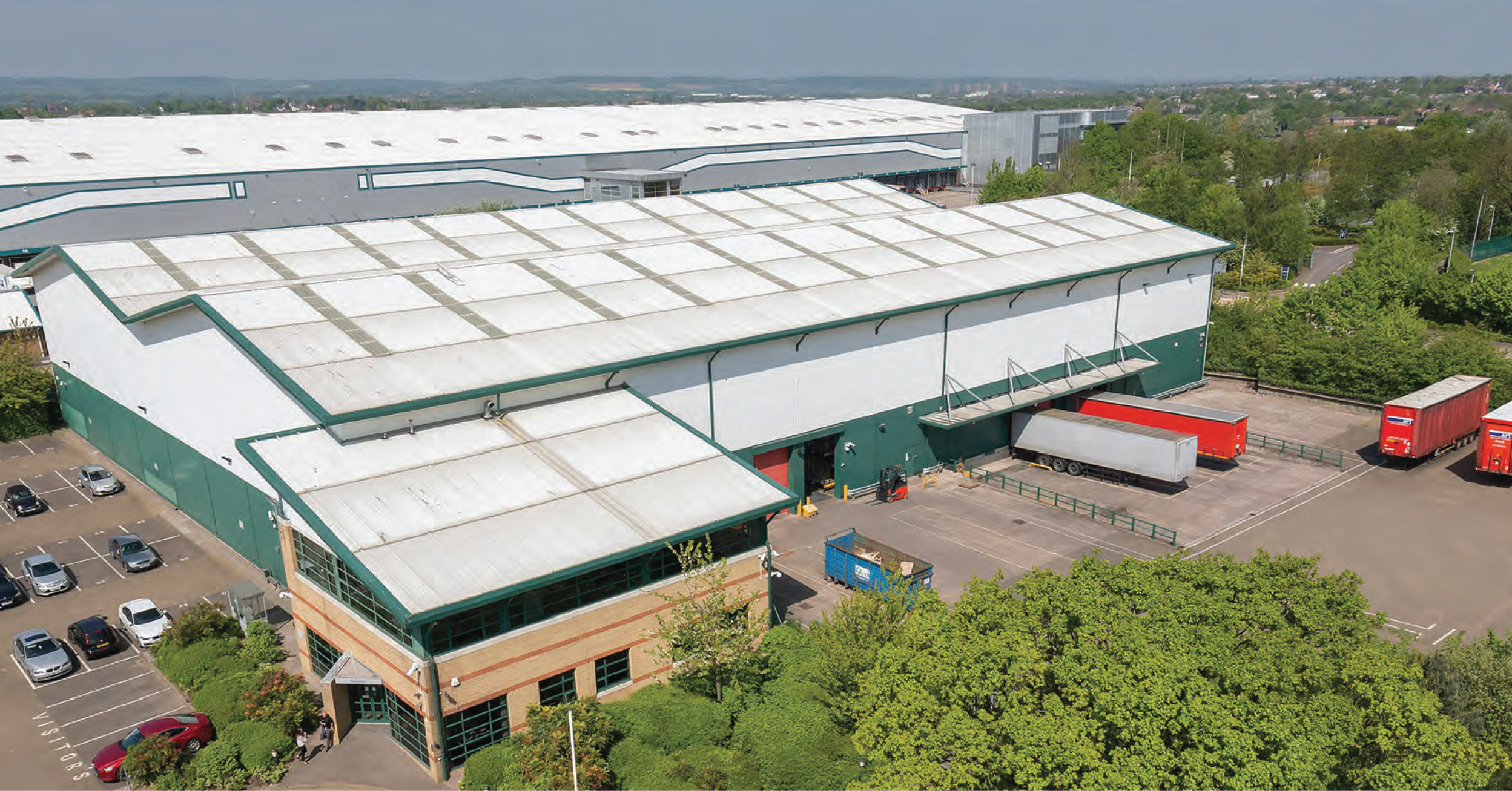
Flexibility and Value-Added Services
Ziegler UK goes beyond storage by providing tailored logistics solutions designed to adapt to your business needs:
- Customised storage plans: Scalable solutions that adjust to seasonal or market fluctuations.
- Value-added services: Packing, labelling, order fulfilment, and quality control inspections integrated into your supply chain.
- Multimodal transport: Seamless integration with sea, road, air, and rail freight for efficient deliveries.
- Full supply chain visibility: Real-time tracking, stock updates, and proactive inventory management.
Technology and Visibility
Leverage cutting-edge warehouse management systems (WMS) for real-time inventory control and order tracking.
- EDI systems and web-stock updates: Customisable stock updates up to twice per day.
- Ziegler:SMART Customs & Logistics Solutions: Accelerates import/export processes and improves cash flow.
- EasyTrack & ZOE digital platforms: Ensure full transparency in order management, tracking, and reporting.
Sustainability Initiatives
Ziegler UK is committed to reducing the environmental impact of logistics through:
- Carbon tracking & emission reduction strategies: Monitoring CO₂ footprints per shipment.
- Modal shifting: Increasing use of rail and multimodal transport to cut down road miles.
- Green technology: Investment in energy-efficient warehouse solutions.
- Sustainable packaging & waste reduction: Minimising environmental impact in operations.
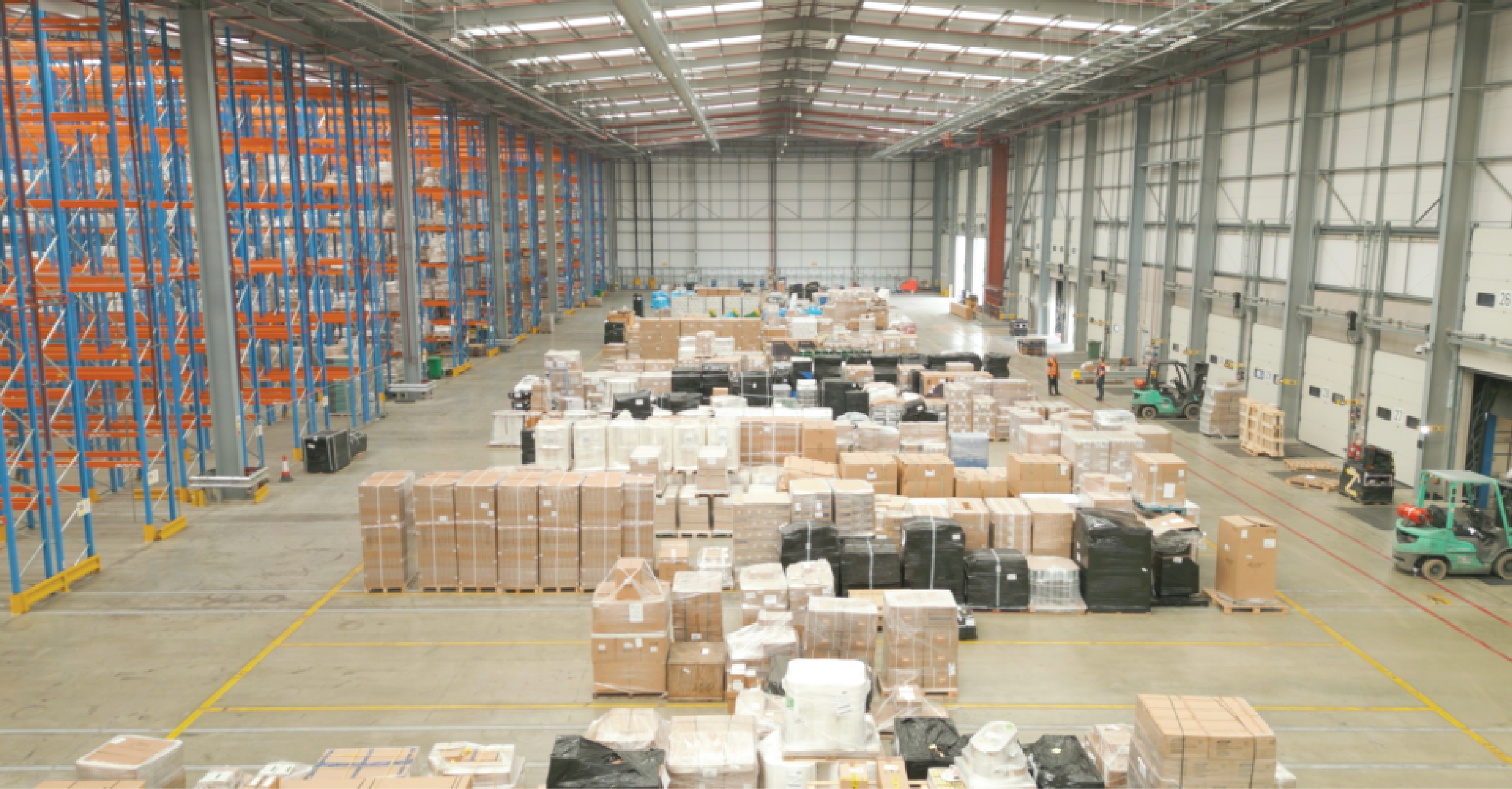
Customs and Compliance
We simplify customs procedures with bonded storage and customs-controlled warehouses, allowing businesses to:
- Store goods before duties apply, optimising cash flow.
- Ensure compliance with UK and EU regulations, reducing delays.
- Benefit from expert customs handling, ensuring smooth import/export operations.
Your Trusted UK Logistics Partner
When you choose Ziegler UK, you gain more than a service provider—you gain a logistics partner dedicated to enhancing your supply chain efficiency.
Why Choose Ziegler UK?
- Personalised account management: Dedicated experts to support your logistics needs.
- Multimodal expertise: Seamless integration across road, sea, air, and rail.
- Scalable, flexible storage solutions: Grow your storage capacity as your business expands.
- Real-time tracking & visibility: Smart logistics technology keeps you informed.
- Strategic UK locations: Prime warehouse hubs for nationwide & EU distribution.
Contact Us
Get in touch with Ziegler UK today to discuss your warehousing and logistics needs.
The logistics industry operates 365 days a year, but each season brings its own unique challenges. From severe winter weather disrupting transport to peak-season congestion straining supply chains, businesses need reliable logistics partners to keep operations running smoothly.
At Ziegler, we provide tailored end-to-end logistics solutions, helping businesses adapt to seasonal challenges, optimise supply chains, and ensure deliveries arrive on time—whatever the season.
Winter: Weather Disruptions and Cold Chain Logistics
Winter presents some of the toughest conditions for logistics, with ice, snow, and storms causing transport delays, supply chain disruptions, and increased risks for perishable goods.
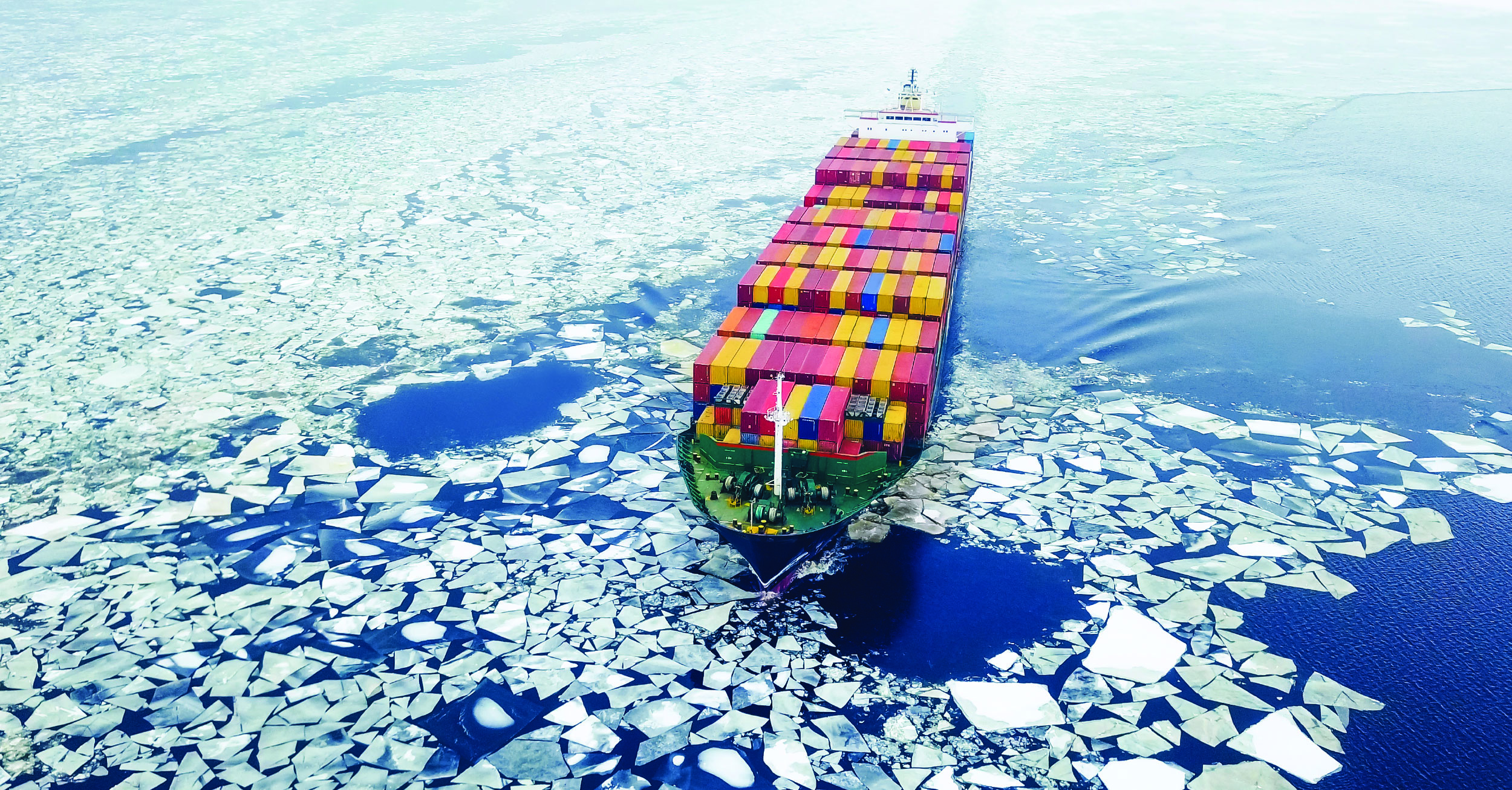
Common Challenges:
Severe weather can lead to road closures, flight cancellations, and port congestion.
Icy roads and poor visibility pose increased risks for drivers.
Temperature-sensitive cargo, such as pharmaceuticals, food, and chemicals, requires strict cold chain management.
How Ziegler Can Help:
- Temperature-controlled transport and warehousing to ensure perishable goods remain stable throughout transit.
- Real-time tracking and route optimisation to minimise weather-related delays.
- Customs and compliance expertise to prevent unnecessary holdups at borders.
Spring: Demand Surges and Supply Chain Flexibility
Spring signals a rise in consumer demand, particularly around Easter promotions, retail sales, and the start of the produce season. However, unpredictable weather conditions can still impact deliveries.

Common Challenges:
Surging demand for seasonal products requires increased logistics capacity.
Heavy rainfall and storms can disrupt road and air freight.
Produce shipments need fast, temperature-controlled distribution.
How Ziegler Can Help:
- Scalable warehousing and fulfilment solutions to handle seasonal fluctuations, including temperature-controlled warehousing.
- Agile multimodal transport options, ensuring cost-effective alternatives in case of delays.
- Real-time inventory management to help businesses track and manage stock more efficiently.
Summer: Heat Sensitivity and Labour Shortages
As temperatures rise, logistics companies face challenges related to heat-sensitive cargo, labour shortages, and increased port congestion due to peak shipping demand.

Common Challenges:
Extreme heat can affect the transport of perishable goods, electronics, and pharmaceuticals.
Workforce availability is limited due to staff holidays.
Port congestion and long lead times create additional strain during peak season.
How Ziegler Can Help:
- Refrigerated transport and warehousing to maintain product integrity.
- Workforce planning and automated logistics to reduce dependency on manual labour.
- Pre-booked freight capacity through longstanding partnerships with global carriers, ensuring transport availability ahead of peak season.
Autumn: Peak Season Readiness and Supply Chain Resilience
Autumn is a critical time for logistics, as businesses prepare for Black Friday, Christmas, and end-of-year sales. Companies must optimise their supply chains early to handle increased demand and avoid stock shortages.

Common Challenges:
High freight volumes as businesses build stock ahead of peak season.
Early storms and extreme weather events can impact deliveries.
Limited carrier capacity and rising freight rates put pressure on supply chains.
How Ziegler Can Help:
- End-to-end peak season logistics planning, helping businesses forecast demand, optimise stock levels, and secure transport capacity ahead of time.
- Strong carrier and supplier relationships, ensuring reliable shipping options even in high-demand periods.
- Agile warehousing and last-mile delivery solutions, with strategic distribution hubs across Europe to support efficient stock management and distribution.
Why Choose Ziegler?
Ziegler is more than just a logistics provider—it is a trusted partner in supply chain management, helping businesses navigate seasonal fluctuations with precision, flexibility, and efficiency.
- Tailored logistics solutions, whether for temperature-controlled transport, warehousing, or express freight.
- Technology-driven logistics, with AI-powered route planning, real-time tracking, and automated warehousing.
- A global network with local expertise, offering seamless international shipping solutions.
Stay Ahead of Seasonal Challenges with Ziegler
Each season presents unique logistics challenges, but with the right strategy and expert support, businesses can maintain efficiency, reduce costs, and meet customer demand all year round.
At Ziegler, we provide end-to-end logistics solutions tailored to your business needs. Whether you require climate-controlled transport, supply chain resilience planning, or peak-season logistics management, our expert team is here to help.
The global cold storage market is poised for remarkable growth, with recent forecasts from Technavio projecting an increase of £115.2 billion between 2024 and 2028. This substantial expansion, marked by a compound annual growth rate (CAGR) of 13.83%, signals a transformative period for the industry—one that Ziegler UK is uniquely positioned to lead, particularly in the crucial pharmaceutical sector.
Industry Evolution and Technological Advancement
The cold storage landscape is rapidly evolving, driven by technological innovations and increasing demand for temperature-sensitive product preservation. Advanced technologies, including automated temperature control and remote monitoring systems, are becoming essential components of modern cold storage facilities. This technological revolution is particularly crucial in pharmaceutical logistics, where maintaining precise temperature controls can mean the difference between viable and compromised medical supplies.
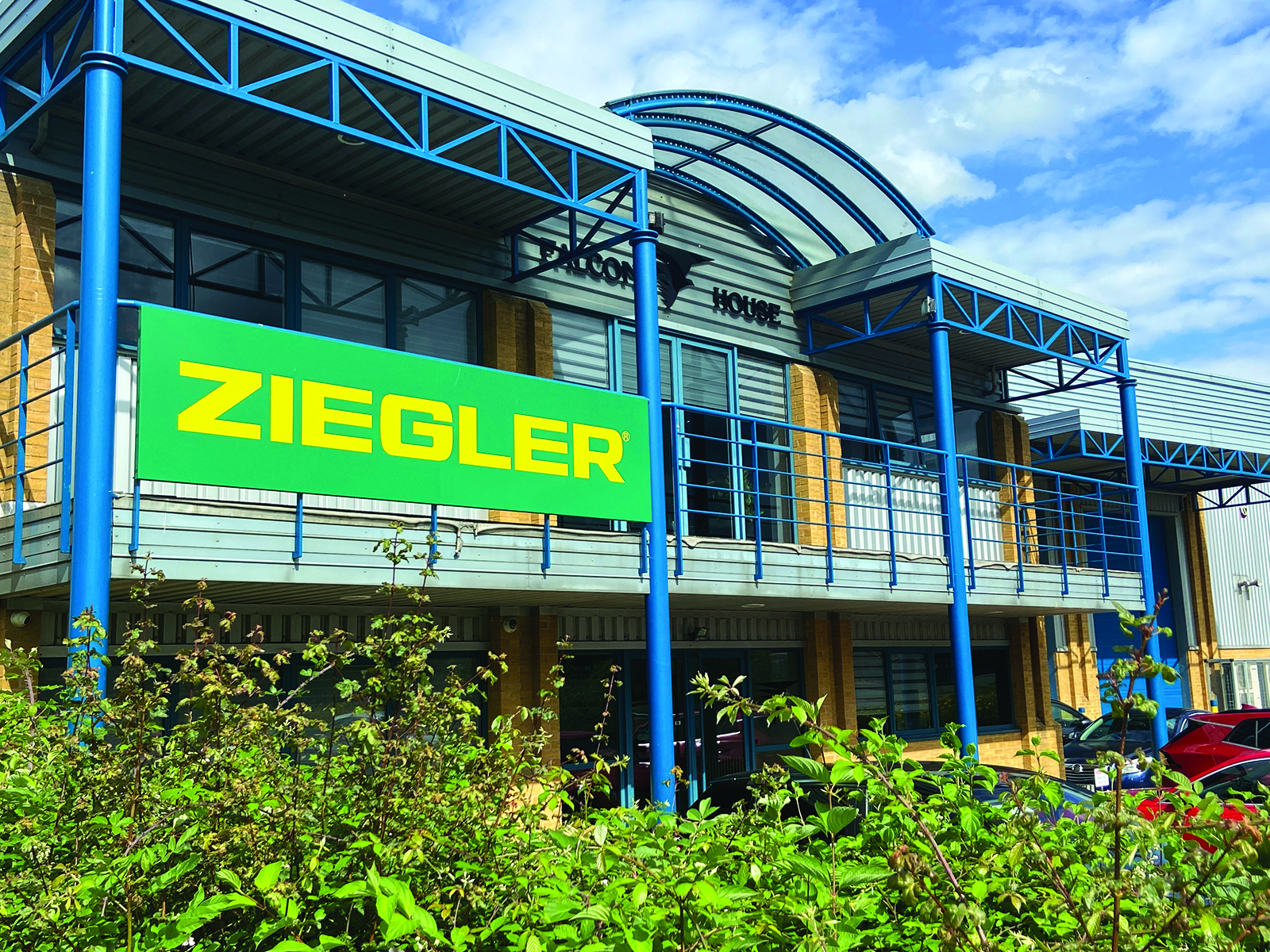
Ziegler Northampton: Setting New Standards in Pharmaceutical Storage
In a significant development for the UK pharmaceutical logistics sector, Ziegler’s Northampton branch has recently secured a prestigious Wholesale Distribution Authorization (WDA) license from the Medicines and Healthcare products Regulatory Agency (MHRA). This achievement marks a new chapter in Ziegler’s commitment to excellence in pharmaceutical transportation and storage.
The newly licensed facility boasts impressive capabilities:
- Dedicated temperature-controlled ambient and chilled storage for up to 600 pallets
- Access to 265 temperature-controlled vans and 9 depots nationwide
- Advanced temperature mapping technology
- Comprehensive backup power systems
- State-of-the-art security measures
- GDP-trained staff ensuring compliance and quality
What sets Ziegler Northampton apart is its unique position as the only WDA license holder with a complete UK network, enabling unparalleled next-day groupage services across the nation.
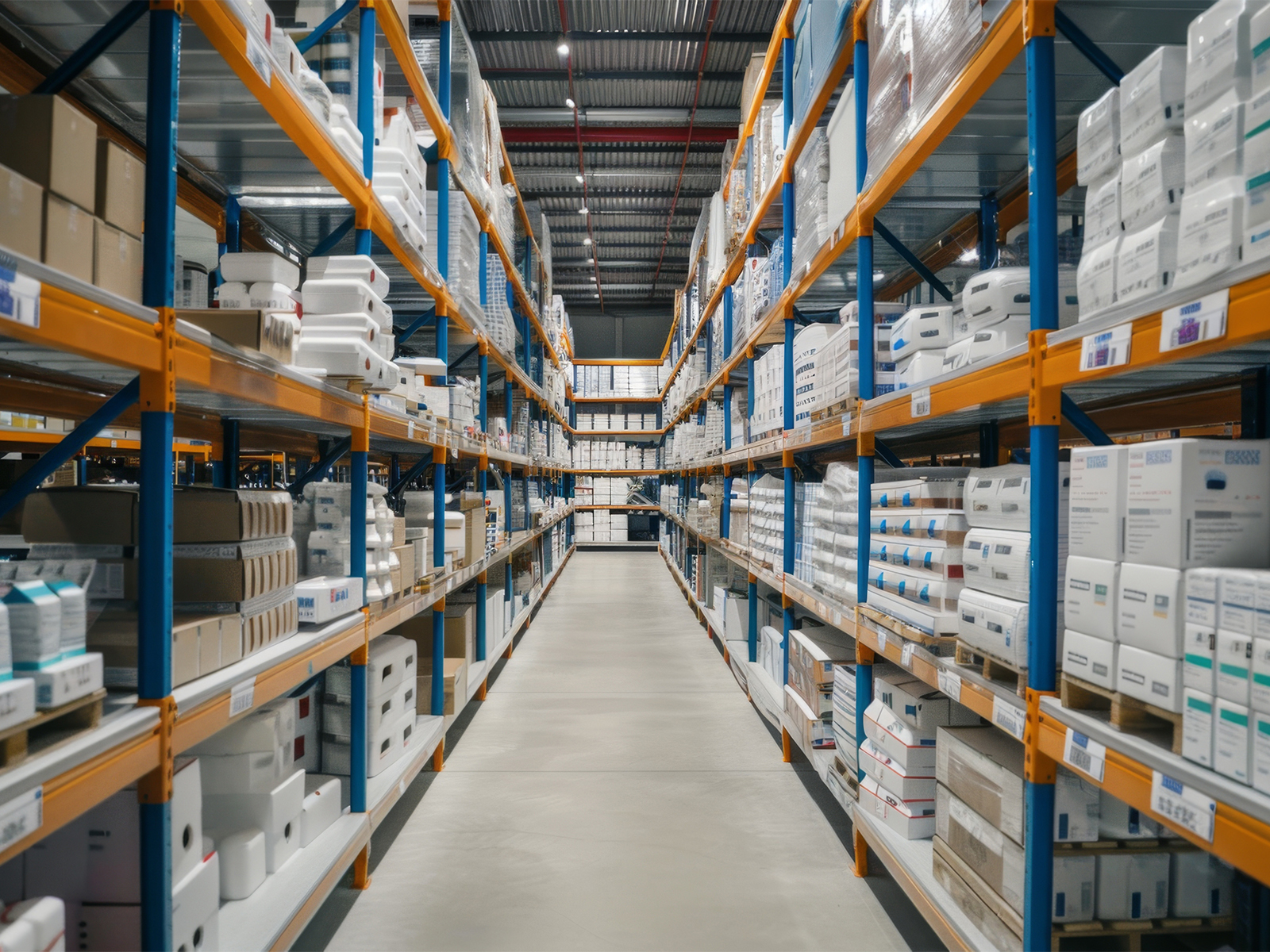
Addressing Industry Challenges
While the cold storage market faces various challenges, including seasonal demand fluctuations and high energy consumption requirements, Ziegler’s new facility incorporates innovative solutions to address these concerns. The company’s investment in energy-efficient systems and strategic location near key distribution centers helps optimise operational costs while maintaining the highest standards of pharmaceutical storage.
Strengthening the Healthcare Supply Chain
The importance of reliable cold storage facilities in the pharmaceutical sector cannot be overstated. Ziegler’s WDA-licensed facility strengthens the resilience of the healthcare supply chain by:
- Ensuring uninterrupted storage and distribution of temperature-sensitive medications
- Maintaining strict compliance with GDP guidelines
- Providing complete traceability of pharmaceutical products
- Offering flexible storage solutions for varying capacity needs
- Delivering dedicated temperature-controlled direct delivery services
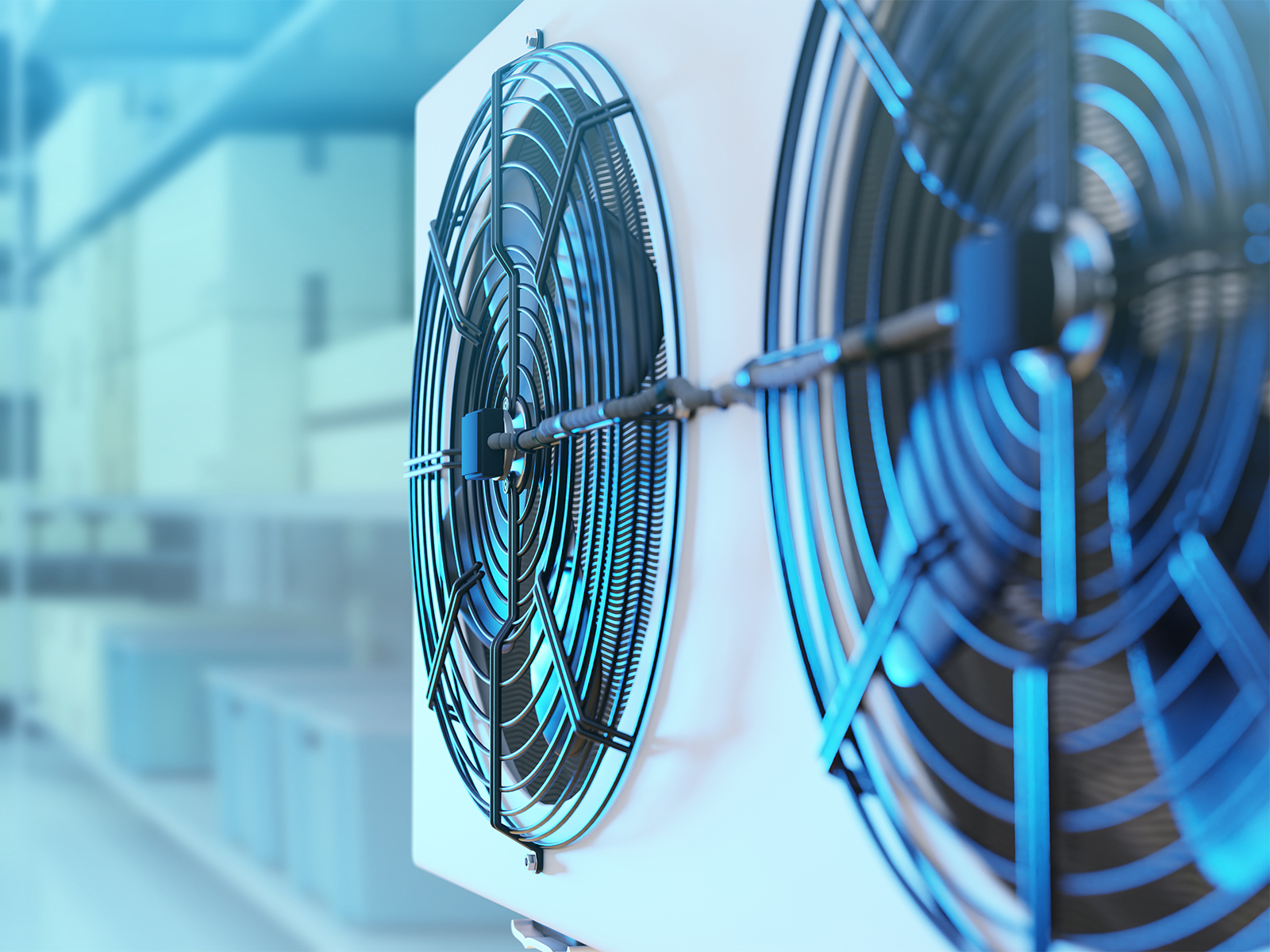
Looking Ahead
As the cold storage market continues its upward trajectory, facilities like Ziegler Northampton represent the future of pharmaceutical logistics. The combination of regulatory compliance, technological innovation, and comprehensive service offerings positions Ziegler as a leader in this rapidly growing sector.
For healthcare industry partners seeking reliable, compliant, and technologically advanced cold storage solutions, Ziegler’s Northampton facility offers a compelling proposition. With its WDA license and extensive capabilities, Ziegler is not just participating in the future of cold storage—it’s helping to shape it.
The coming years promise exciting developments in cold storage technology and innovation. With its newly licensed facility and commitment to excellence, Ziegler UK stands ready to meet the evolving needs of the pharmaceutical industry while setting new standards for quality and reliability in temperature-controlled logistics.
International brands with complex supply chains are likely always on the lookout for ways to streamline operations and reduce costs. One often-overlooked solution that can provide a distinct competitive advantage is the strategic utilisation of ETSF (External Temporary Storage Facilities). By leveraging an ETSF for temporary storage, you can defer or even eliminate the import duties and taxes on the goods you transport and store – a significant financial benefit that can give you an edge over your competitors.
ETSF offer a distinct advantage by allowing the temporary storage of goods without paying customs duties and taxes until the moment the goods are released into free circulation (customs cleared) or re-exported outside the EU customs territory. This deferment of duties and taxes presents an immediate financial benefit. By delaying these payments until the goods are removed from the ETSF, you effectively optimise your cash flow.
The postponement of customs duty payments enables you to allocate your financial resources more efficiently. Instead of upfront payments, these funds can be redirected toward activities that support critical operational needs as well as sales and marketing plans that can generate business growth.
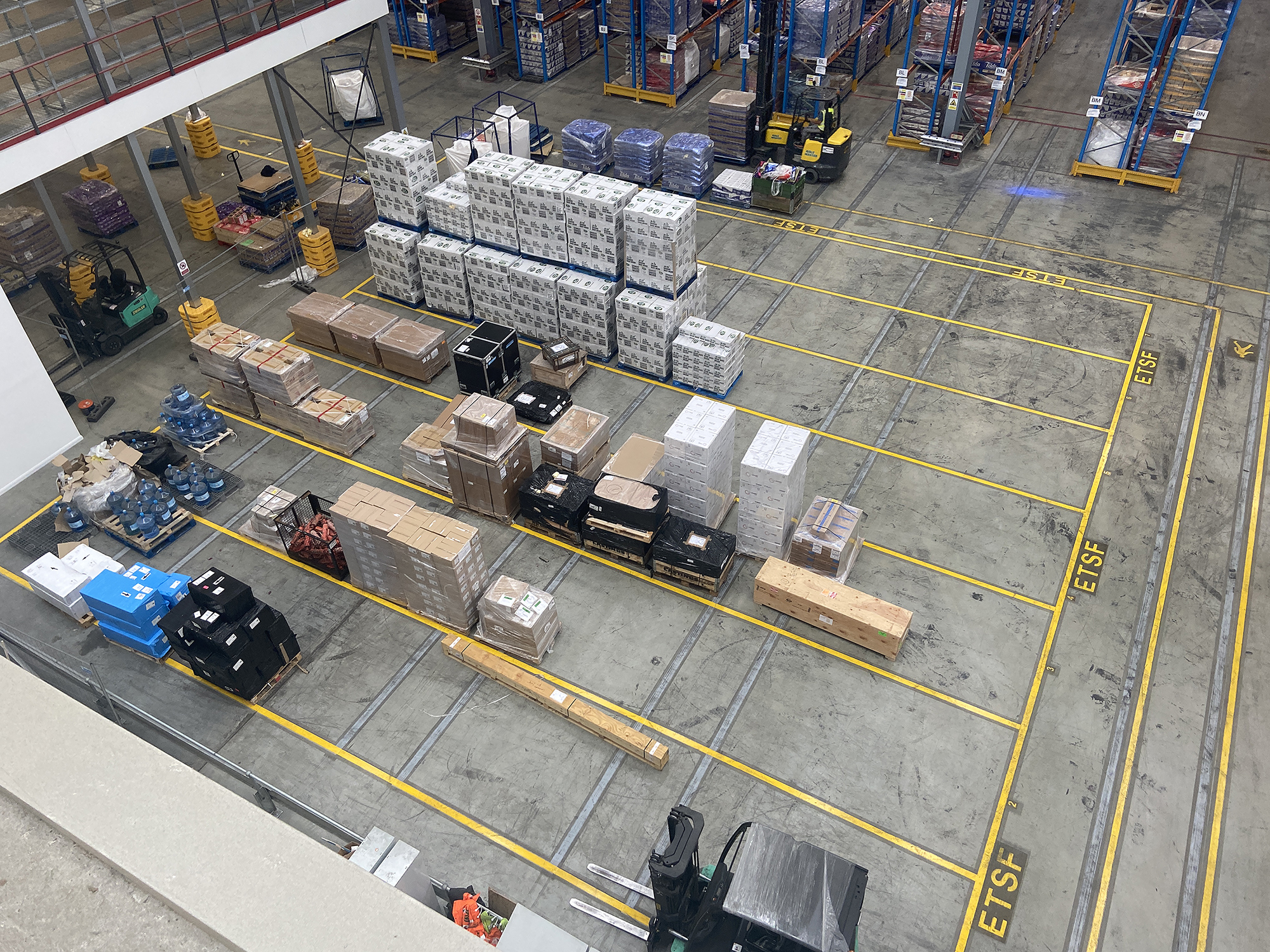
Deferred import duty and duty savings The cost-savings potential of an ETSF lies in the following two benefits that authorised license holders have access to: duty deferment and duty savings.
- Duty deferment: import duties and taxes on goods stored in an ETSF need to be paid when the goods are removed from the facility, not when they enter the country. This enables you to bring goods into free circulation when economic circumstances are deemed best: for example, when the local market price has increased due to a change in demand or supply. You can also leverage this deferment of duties to lower their cost of purchasing, for example by ordering in larger quantities or when exchange rates are more favourable.
- Duty savings: import duties and taxes can even be eliminated. No import duties and taxes on goods are applicable when goods stored in the ETSF are re-exported outside the EU customs territory.
It’s important to note that ETSF are designed for temporary storage only. They are not suitable for long-term storage of goods. Businesses should plan their customs and logistics strategies accordingly, utilizing ETSF for the temporary deferment of duties and taxes while relying on other facilities for longer-term storage needs.
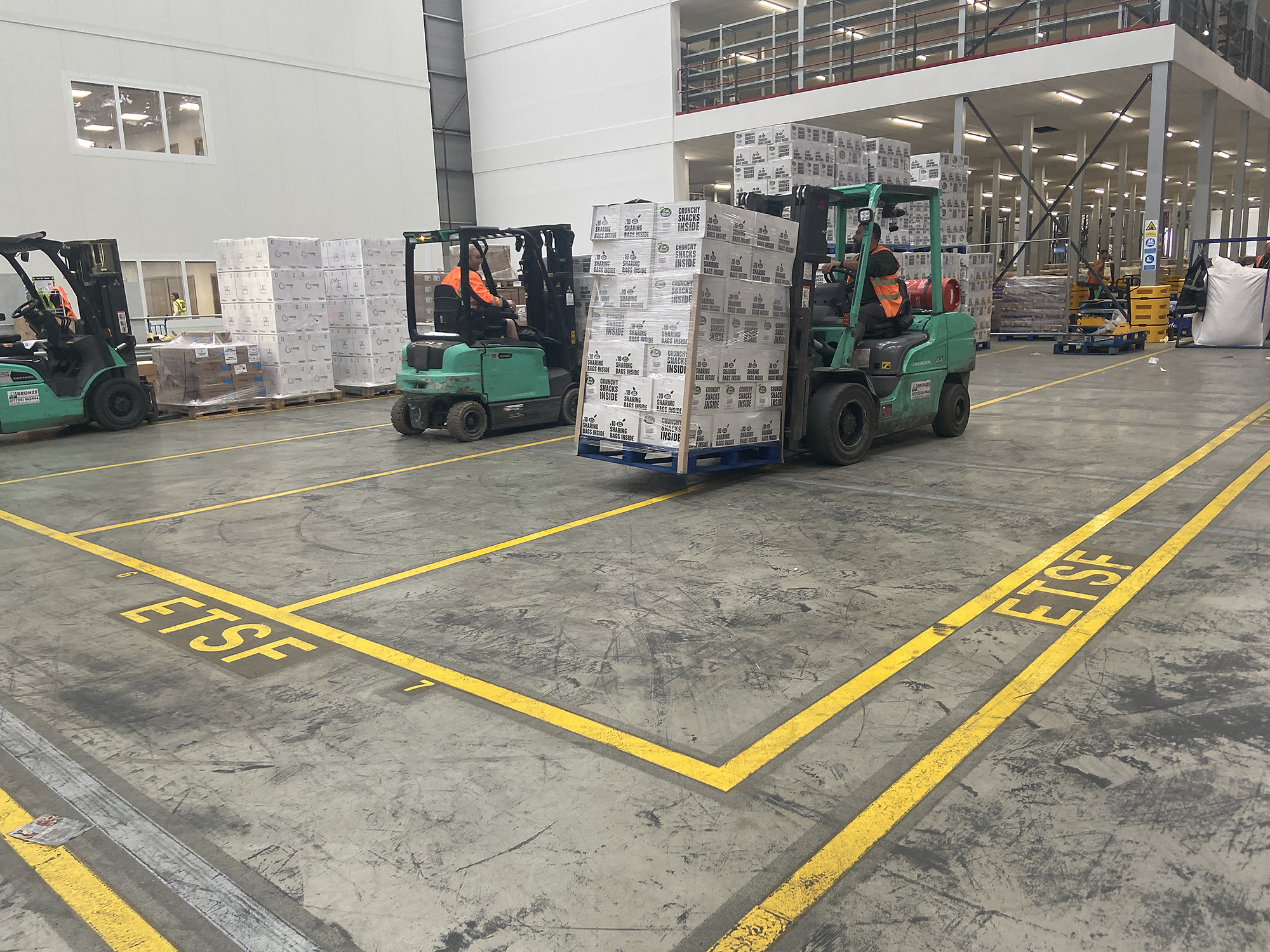
Investing increased cash flow in growth
Deferred duty payments and savings translate to improved cash flow, which can be leveraged in strategic financial planning aimed at growth. It enables you to allocate more funds to revenue generating activities and investment opportunities. Investing in process automation and digitalisation of ETSF processes can further maximise the cost-savings potential of an ETSF. Customs warehouse software is a common and customs-recommended solution that helps businesses comply with customs formalities and manage inventory in an ETSF. These automation benefits will in turn result in both operational and cost efficiencies.
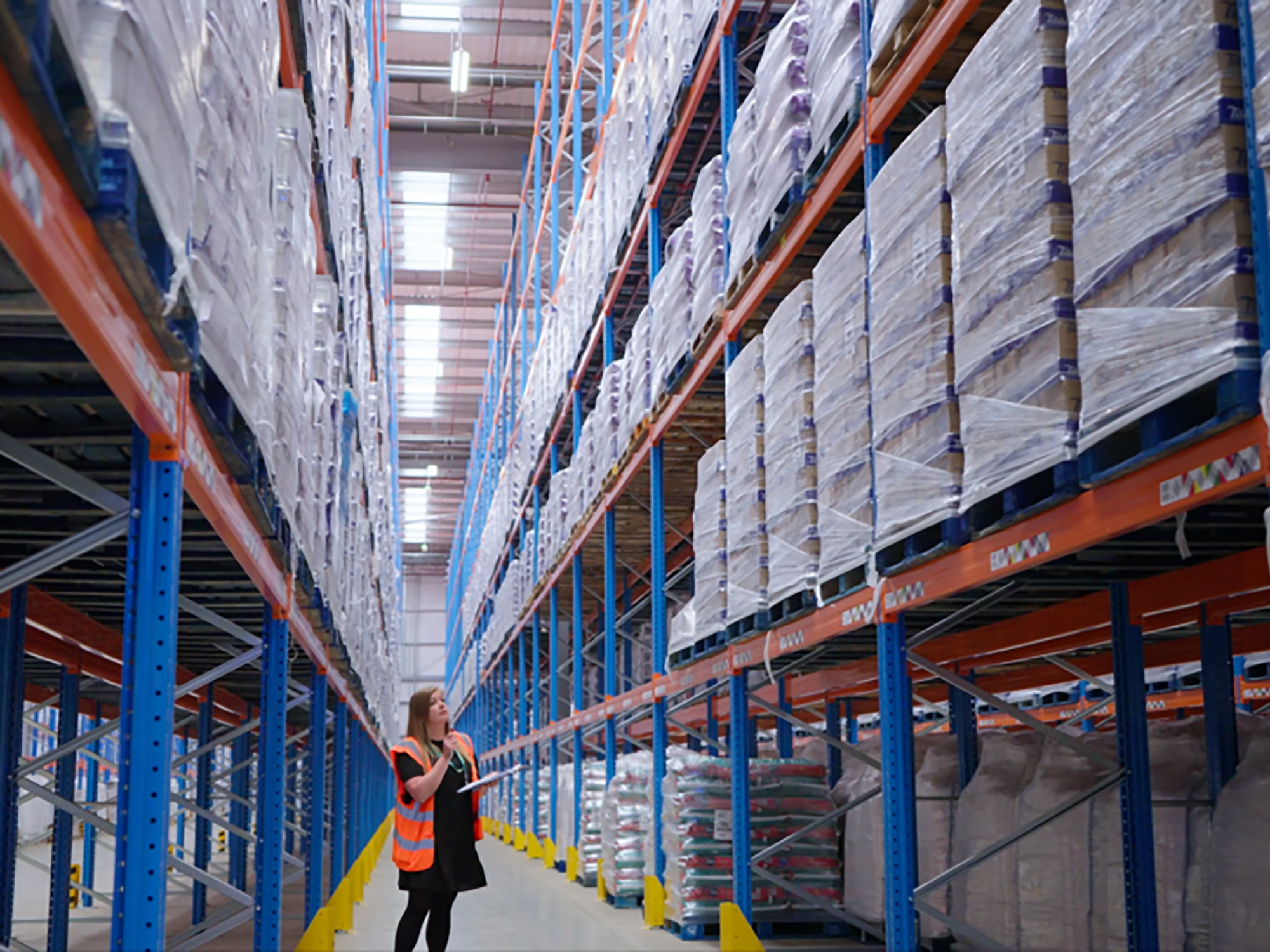
Partnering with an ETSF Provider
With state-of-the-art facilities, Ziegler’s ETSF offerings provide businesses the opportunity to leverage the significant duty deferment and savings benefits of an ETSF, while also benefiting from excellent connectivity, advanced infrastructure, and proximity to major consumer markets. Take the first step towards unlocking the strategic advantages of an ETSF.
Contact Ziegler today to learn more about how our ETSF can help you defer import duties, save on customs costs, and accelerate your growth in the global marketplace, positioning your business for long-term success in the global trade arena. Email us at sales.enquiries@zieglergroup.com
As experts in supply chain and logistics, we’ve seen firsthand how seasonal demand fluctuations can wreak havoc on unprepared businesses. Whether you’re a manufacturer, supplier, or retailer operating in domestic or international markets, understanding and effectively managing these fluctuations is crucial for maintaining profitability and operational efficiency. It is crucial to understand the impact of seasonality on demand and have a strategy in place to stay ahead of the curve.
The ebb and flow of consumer demand, driven by factors as diverse as weather patterns, cultural festivities, and agricultural cycles, can make or break a company’s bottom line. Imagine, if you will, a global apparel retailer facing the Herculean task of managing inventory across multiple markets, each with its unique seasonal patterns. In North America, they’re pushing winter coats as the leaves turn golden, while in Australia, it’s time for swimwear and sunhats. Meanwhile, in India, the festival season is ramping up, calling for an entirely different product mix. This scenario is not just a thought experiment—it’s the daily reality for many businesses operating on the international stage.
The impact of these fluctuations ripples through every aspect of operations. Inventory management becomes a high-stakes balancing act; production planning feels like trying to solve a Rubik’s cube blindfolded; and logistics? Well, let’s just say it can quickly turn into a game of Tetris with real-world consequences. Overstocking during low seasons ties up capital faster than you can say “clearance sale,” while understocking during peak times is akin to leaving money on the table—lots of it.
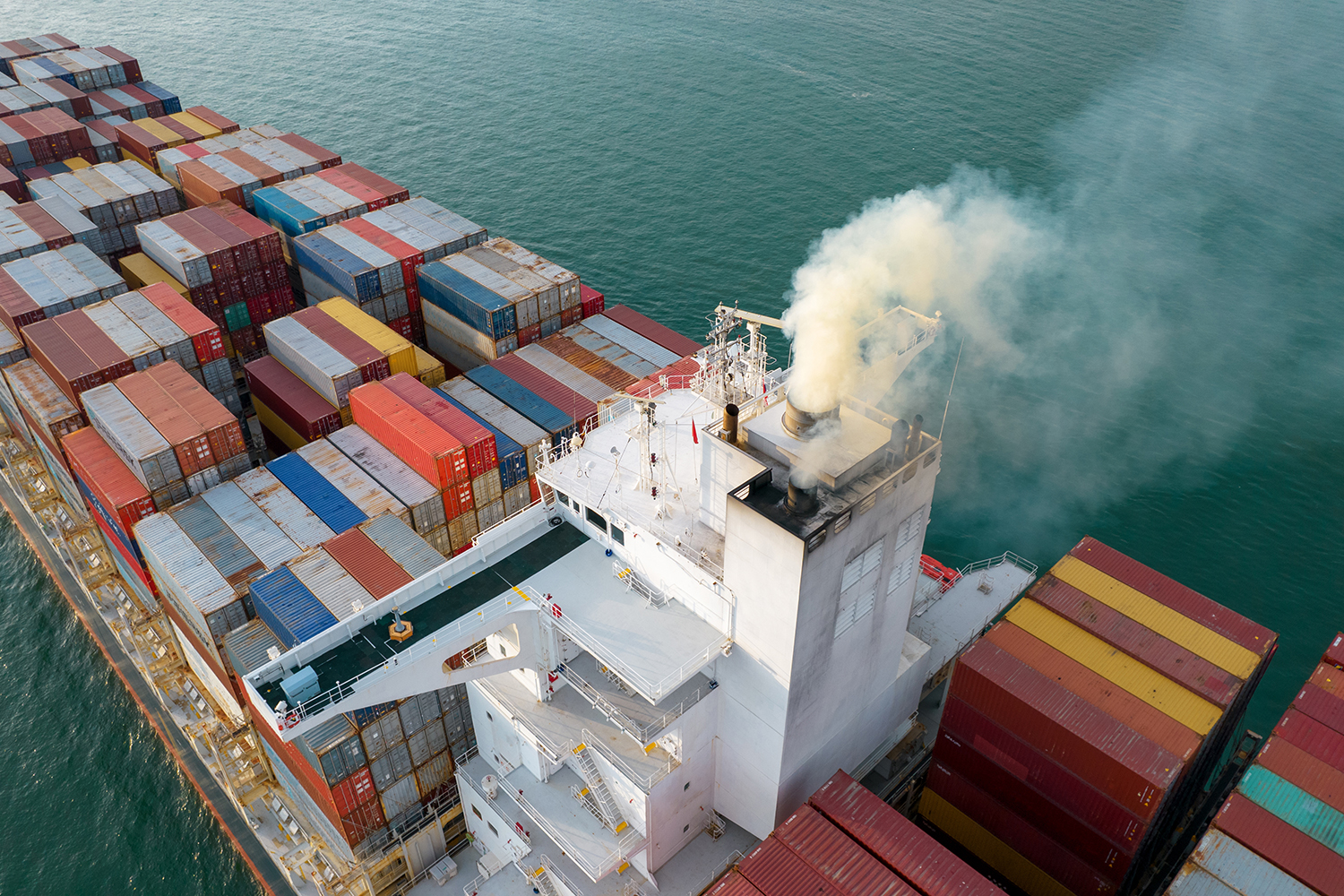
So, how do successful companies navigate this turbulence? The secret lies in a combination of foresight, flexibility, and strategic planning. At the heart of this approach is robust demand forecasting. Gone are the days when a simple look at last year’s numbers would suffice. Today’s market leaders are leveraging the power of AI and machine learning to crunch data from a myriad of sources—point-of-sale systems, social media trends, economic indicators, and even weather forecasts. These sophisticated models can predict demand patterns with uncanny accuracy, allowing businesses to stay one step ahead of the curve.
But accurate forecasting is just the beginning. The real magic happens when businesses build flexibility into their entire supply chain. This might mean developing relationships with multiple suppliers across various nations, implementing agile manufacturing processes that can pivot on a sixpence, or adopting a multi-shoring strategy to reduce lead times. The goal is to create a supply chain that can expand and contract as nimbly as an accordion, responding to demand fluctuations in real-time.
Inventory optimisation plays a crucial role in this dance of supply and demand. It’s not just about having enough stock; it’s about having the right stock in the right place at the right time. Advanced safety stock calculations, just-in-time practices, and vendor-managed inventory arrangements are all tools in the modern supply chain manager’s arsenal. Some forward-thinking companies are even exploring on-demand warehousing services and partnering with 3PL providers who can scale operations up or down as needed.
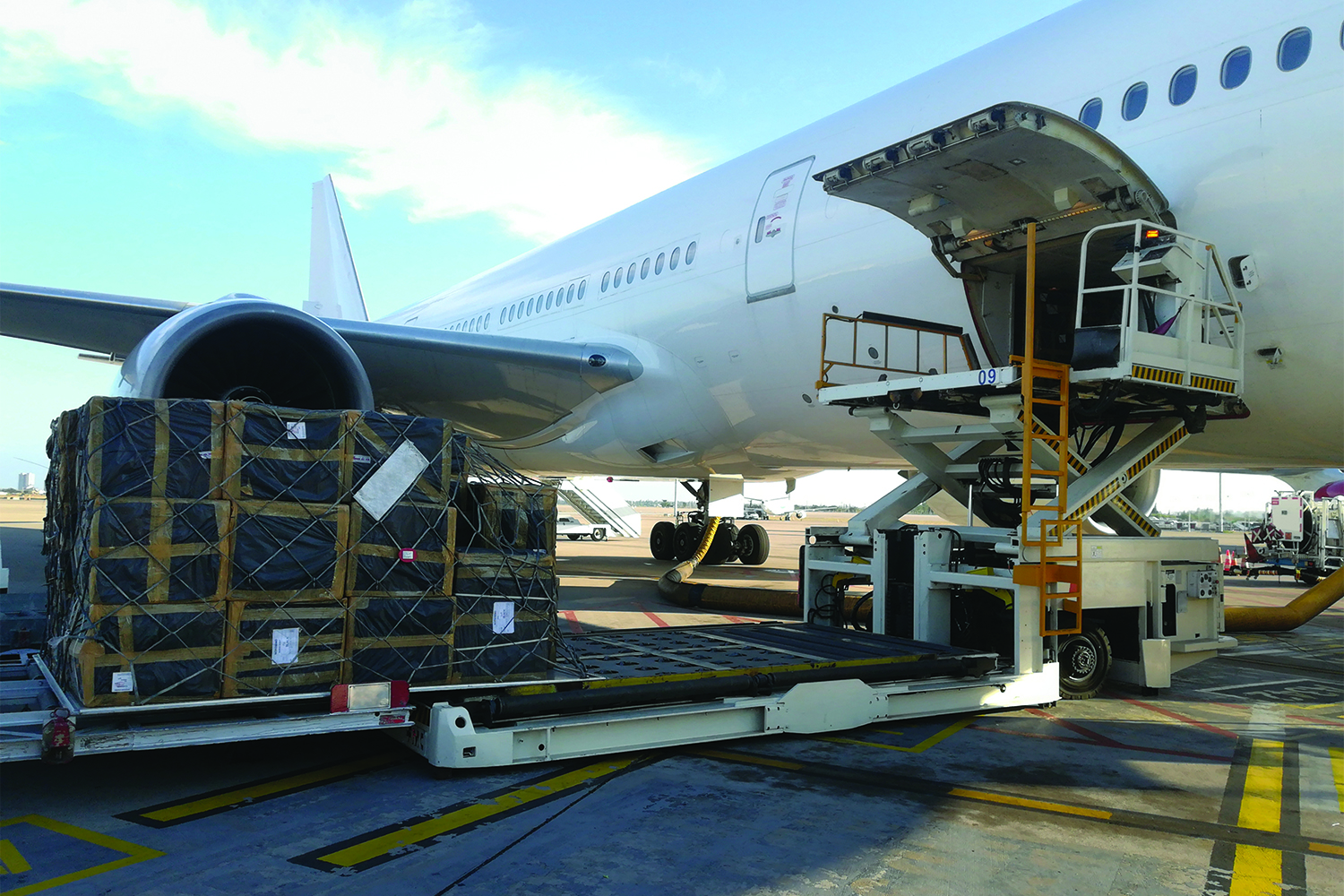
But perhaps the most powerful strategy in managing seasonal demand is one that seems counter-intuitive at first: smoothing out the peaks and valleys. This is where pricing strategy comes into play. By offering off-season discounts, implementing dynamic pricing models, or creating enticing bundle deals, businesses can incentivise consumers to spread their purchases more evenly throughout the year. It’s a win-win: customers get better deals, and companies enjoy more predictable demand patterns.
Diversification is another key strategy. By developing product lines that complement each other across seasons or exploring markets in different hemispheres, businesses can reduce their reliance on any single seasonal trend. This approach not only stabilises revenue but also opens up new opportunities for growth.
Of course, no discussion of supply chain management would be complete without mentioning the importance of collaboration. In today’s interconnected world, success depends on strong partnerships across the entire value chain. Regular communication with suppliers, logistics providers, and key customers isn’t just good practice—it’s essential for survival. Implementing collaborative planning, forecasting, and replenishment (CPFR) practices can lead to dramatic improvements in efficiency and responsiveness.
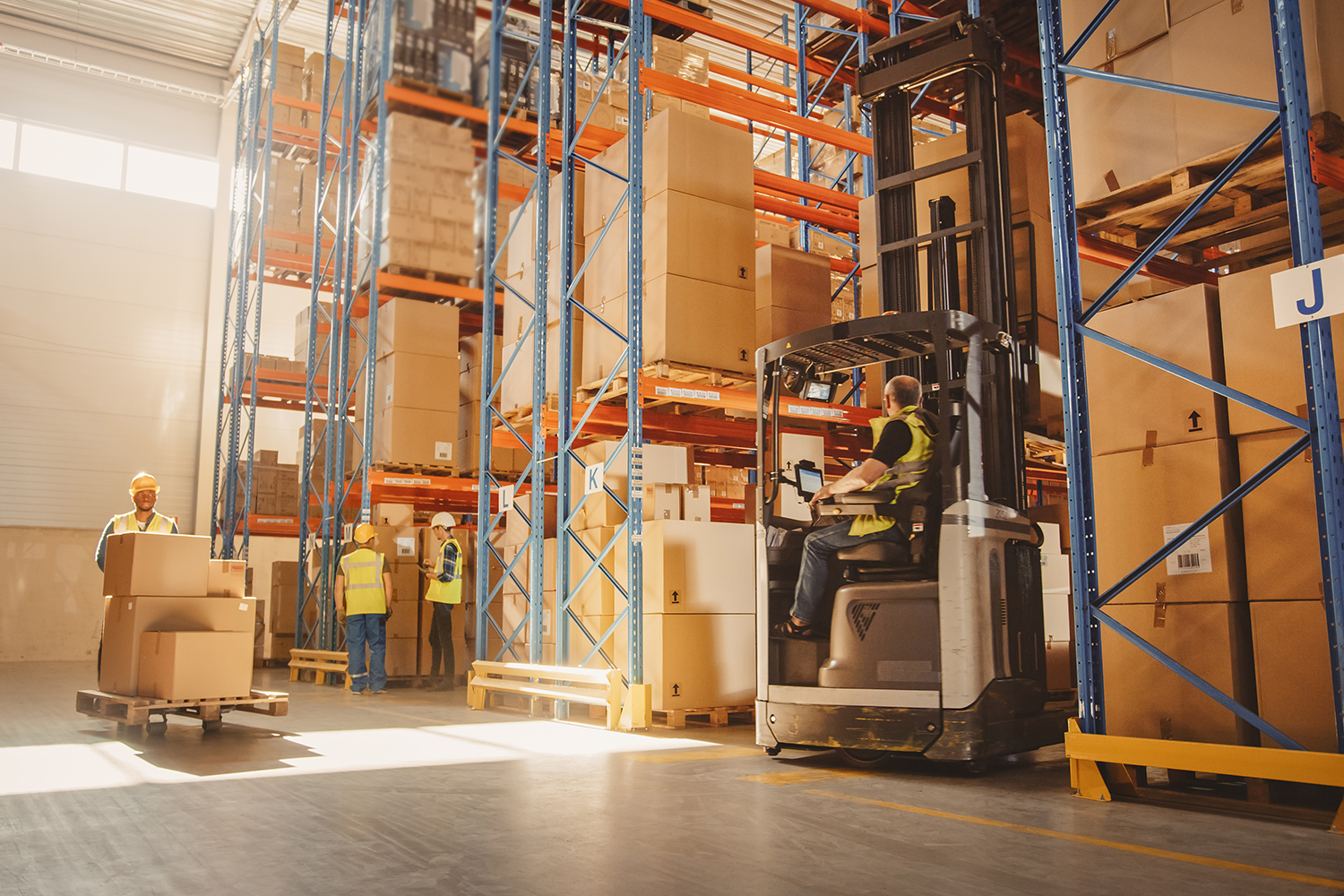
Let’s return to our global apparel retailer. By implementing a combination of these strategies—advanced AI-driven forecasting, flexible production agreements, dynamic pricing, development of transitional clothing lines, and strategic use of pop-up warehouses—they were able to achieve remarkable results. A 15% reduction in excess inventory, 10% improvement in fill rates during peak seasons, and a 20% increase in off-season sales. These aren’t just numbers; they represent a fundamental shift in how the company operates, turning the challenge of seasonality into a source of competitive advantage.
As we look to the future, it’s clear that managing seasonal demand fluctuations will remain a critical challenge for businesses operating in the global marketplace. But with the right strategies in place—combining data-driven insights, operational flexibility, and strategic partnerships—it’s a challenge that can be met head-on. The key is to stay agile, continuously refine your approach, and never stop learning from the ebb and flow of global consumer demand.
In the end, mastering seasonal demand isn’t just about surviving the peaks and troughs—it’s about learning to ride the wave, using the natural rhythms of the market to propel your business forward. Those who can do this effectively will find themselves not just weathering the storm, but harnessing its power to reach new heights of success in the global marketplace.
In today’s complex business environment, there is no shortage of challenges in managing supply chains efficiently. Whether you’re a retailer, a manufacturer or an e-commerce business, the supply chain landscape is constantly evolving and with the next emerging trend never far away, it can easily compromise your timings and costs.
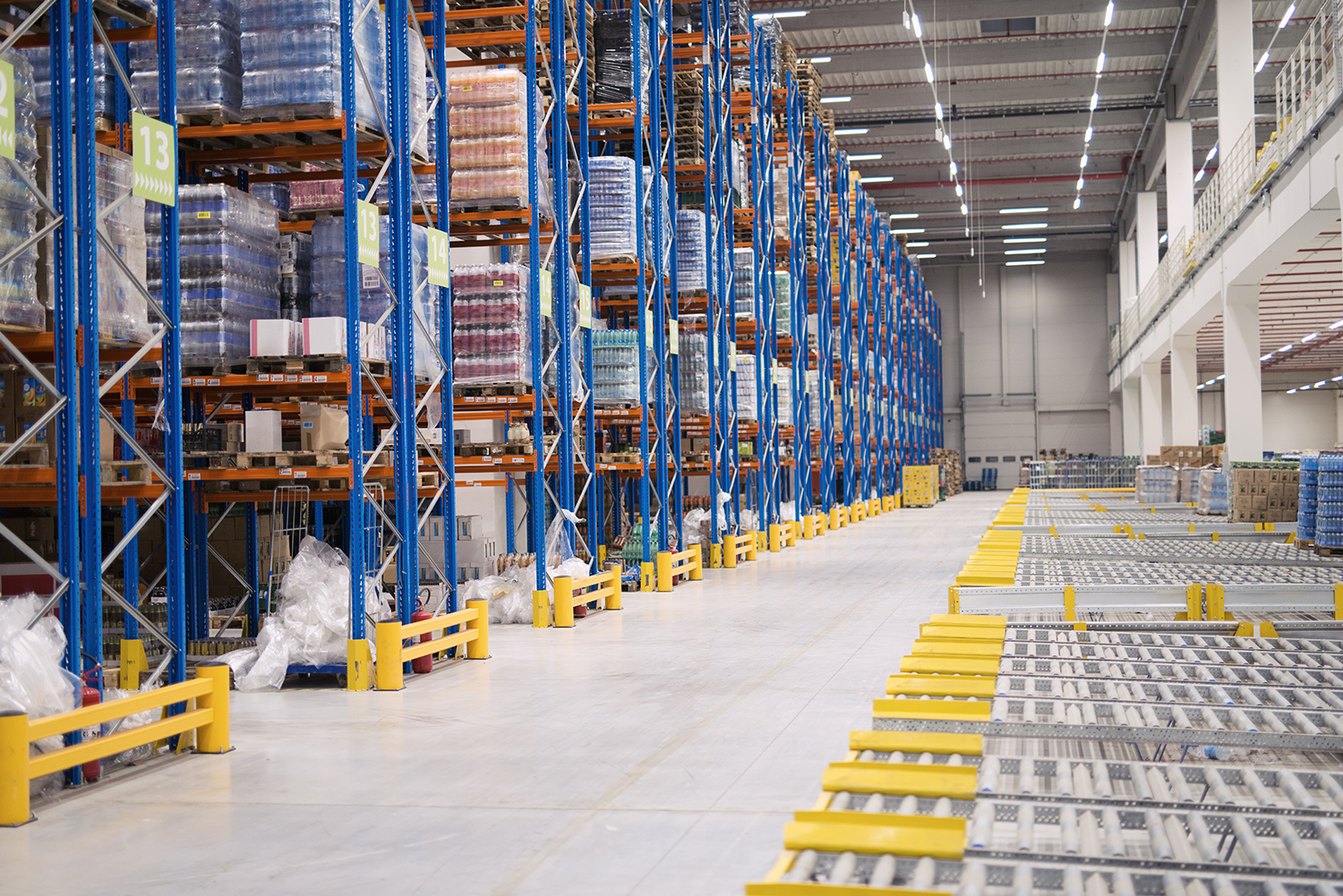
Whilst the self-sufficiency of managing everything in-house might initially appear like a sensible strategic option, it can infact hinder, particularly if your brand is growing and trying to conquer new markets. Some common pain points and how they can be solved through third-party storage are:
- Seasonal Demand Fluctuations
You’re struggling to manage inventory during peak seasons without overstocking during slower periods.
Solution: Utilise flexible storage options that allow you to scale your inventory up or down as needed, ensuring you’re always prepared for seasonal demand without the burden of year-round overhead. - High Fixed Costs
The expenses associated with maintaining your own warehouse facility are eating into your profits.
Solution: Convert fixed costs into variable costs by using third-party storage, paying only for the space and services you need, when you need them. - Lack of Technological Infrastructure
You find the implementation and maintenance of cutting-edge inventory management systems costly and complex.
Solution: Benefit from advanced inventory management systems without the investment. Look for providers offering real-time tracking and reporting to keep you informed and in control. - Geographic Limitations
Your current storage solution isn’t optimally located for efficient distribution.
Solution: Choose a storage facility strategically located near major transportation routes to ensure faster, more cost-effective distribution across your target markets. - Compliance and Regulatory Challenges
Keeping up with changing regulations and compliance requirements is time-consuming and risky.
Solution: Partner with logistics experts who stay up-to-date with relevant regulations, ensuring your storage and distribution processes are always compliant and giving you peace of mind. - Scalability Issues
Your business is growing, but your current storage solution can’t keep up.
Solution: Opt for third-party logistics providers with abundant space and flexible options that can accommodate your growth seamlessly, allowing you to scale up or down without the constraints of a fixed warehouse size. - Supply Chain Visibility
Lack of real-time insights into inventory levels and movement is causing inefficiencies and stockouts.
Solution: Implement advanced inventory management systems that provide 24/7 visibility into your stock levels and movements, enabling data-driven decision-making and proactive inventory management. - Multimodal Shipping Complexity
You find the coordination between different shipping modes is complicated and time-consuming.
Solution: Leverage the partnership and expertise of a third-party supply chain expert in multimodal freight for seamless shipping, all managed from a single point of contact.
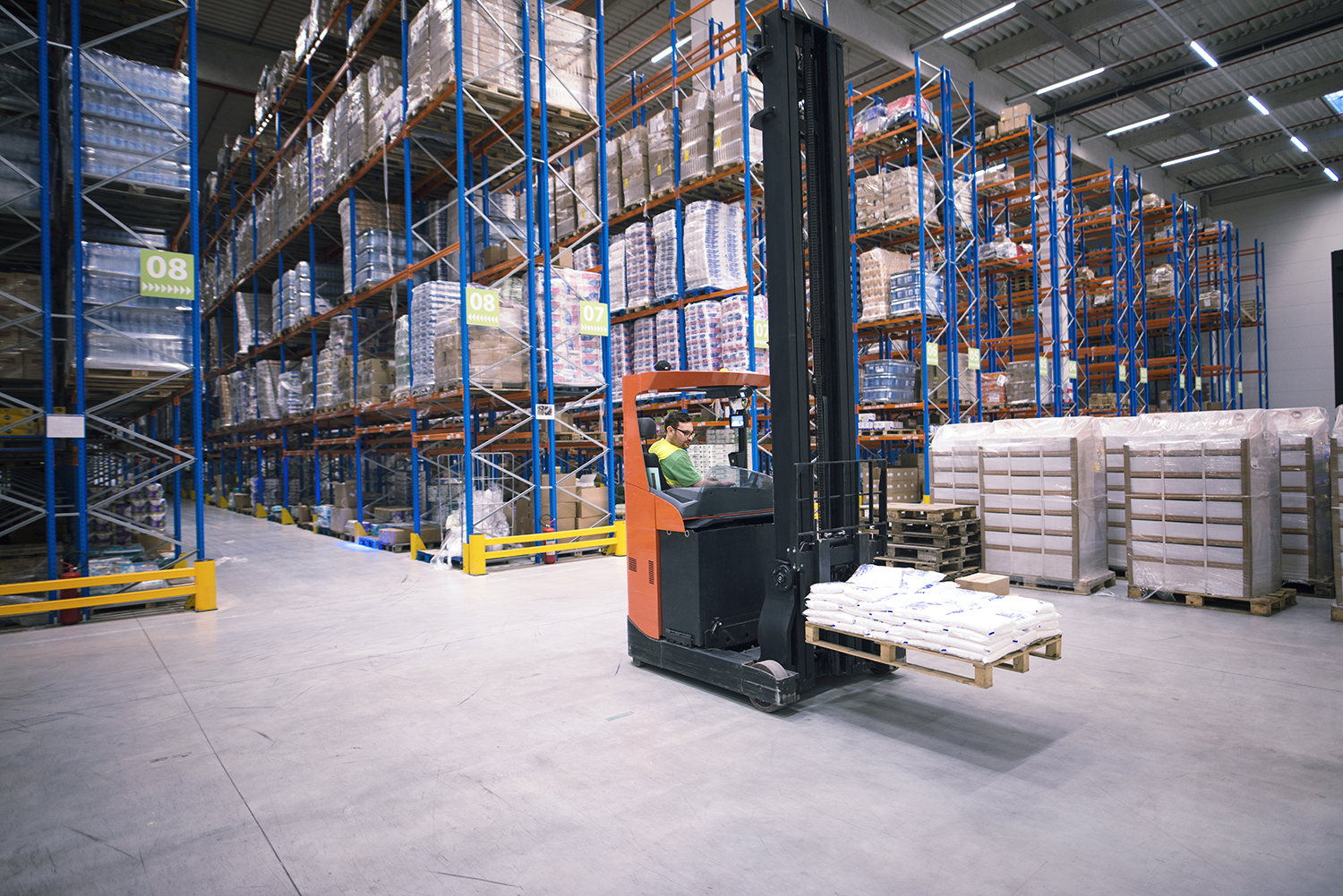
Third-Party Storage Space is a Comprehensive Solution to Many Logistics Challenges
Storage providers like Ziegler are evolving beyond simple warehousing to become integral extensions of client’s business operations. Through value-added services such as EDI integration, individual order fulfilment and D2C shipping, a seamless integration with your processes is possible, enhancing efficiency and customer satisfaction. In turn, a third-party storage provider becomes so much more than just a warehouse – they become a strategic partner in your supply chain, allowing you to focus on core business activities while knowing that your logistics needs are in capable hands.
When choosing a third-party logistics provider, consider not just their storage capabilities, but also the range of value-added services they offer and how well they can integrate with your existing business processes. The right provider will act as a seamless extension of your own operations, contributing to your overall business success.
Download our FREE e-book “Future-Proofing Your Warehouse Requirements”
Discover emerging trends in warehousing, understand how to prepare for your future storage needs and find out more on why you should consider partnering with a third-party supplier for your storage needs.
We’ve put together this guide to help you evaluate your current supply chain and establish if there are ways to elevate your growth trajectory.
To get access to it, click the link: lp.zieglergroup.com/uk/futureproof-warehouse-requirements
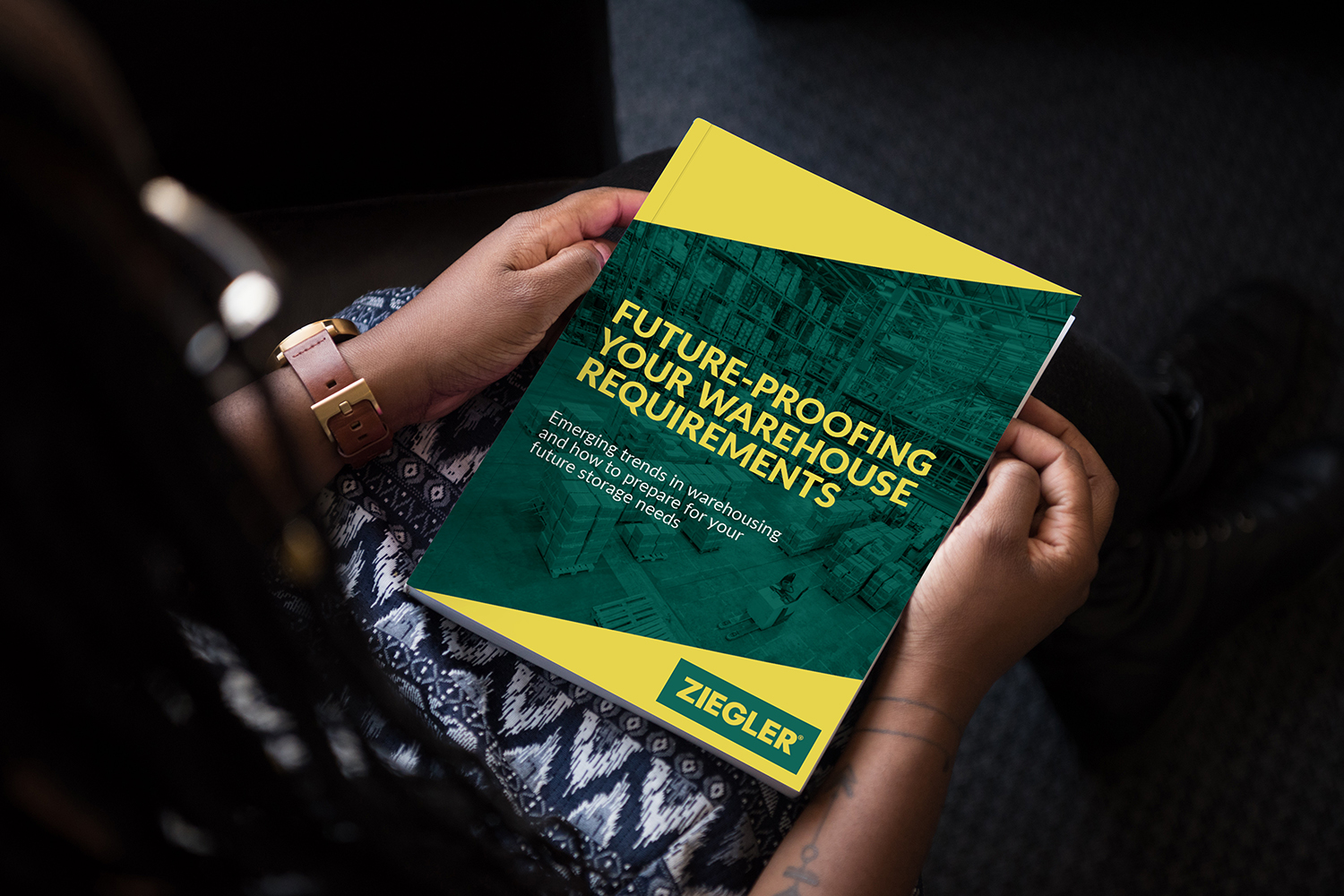
Ziegler’s approach to European freight forwarding is built on a foundation of strategic partnerships and collaboration. Our network spans 16 countries on the continent, encompassing both Ziegler-owned locations and trusted third-party freight forwarders. This extensive coverage ensures that your goods can reach virtually any corner of Europe efficiently and reliably. Beyond the shores of the UK, our scope is abundant:
Austria
External: Guntramsdorf, Wallern
Belgium
External: Gent
Ziegler: Aalst, Antwerp, Brusselles, Charleroi, Menen-Rekkem, Gent, Liege, Welkenraedt, Zaventem, Zeebrugge
Czech Republic
External: Prague
Denmark
External: Hvidovre
France
External: Roncq, Hoerdt, Orly, Meyzieu
Ziegler: Angers, Annecy, Aurillac, Avignon, Bapaume, Bayeux, Bayonne, Besanon, Bordeaux, Bressuire, Cherreprs Du Mans, Cholet, Clermont Ferrand, Colmar, Dijon, Epinal, Grenoble, Lachevroliere, Laval, Le Havre, Lens, Les Herbiers, Lille, Lyon, Marseille, Metz, Montmarault, Mulhouse, Nantes, Narbonne, Nimes, Orlans, Paris, Pau, Poitiers, Rennes, Rouen, Saint Etienne, Sedan, St Brieuc Tremuson, St Louis, Strasbourg, Toulouse, Tours, Troyes, Valence, Vannes
Germany
External: Echweiler, Schwelm, Villingen, Nurnberg, Hamburg, Hannover, Osnabruck, Stuttgart, Illingen
Ziegler: Aachen, Dusseldorf, Frankfurt, Hamburg, Koblenz, Nurnberg, Stuttgart
Greece
External: Athens
Ziegler: Athens, Thessaloniki
Hungary
External: Vecses
Ireland
Ziegler: Dublin, Knocktopher
Italy
External: Pordenone, Vicenza, Milan, Ancona, Milan, Bologna, Turin, Prato, San Salvo
Luxembourg
External: Dudelange
Netherlands
External: Rotterdam
Ziegler: Rozenburg, Rotterdam, Venlo
Poland
External: Lodz
Ziegler: Grabica, Poznan
Portugal
External: Porto, Lisbon
Spain
External: Barcelona, Irun, Madrid, Valencia, Sevilla, Alicante, Vigo, Zaragoza
Switzerland
External: Pratteln
Ziegler: Basel, Dietikon, Dornach, Geneva, Pratteln, St Gallen, Zurich
Turkey
External: Istanbul
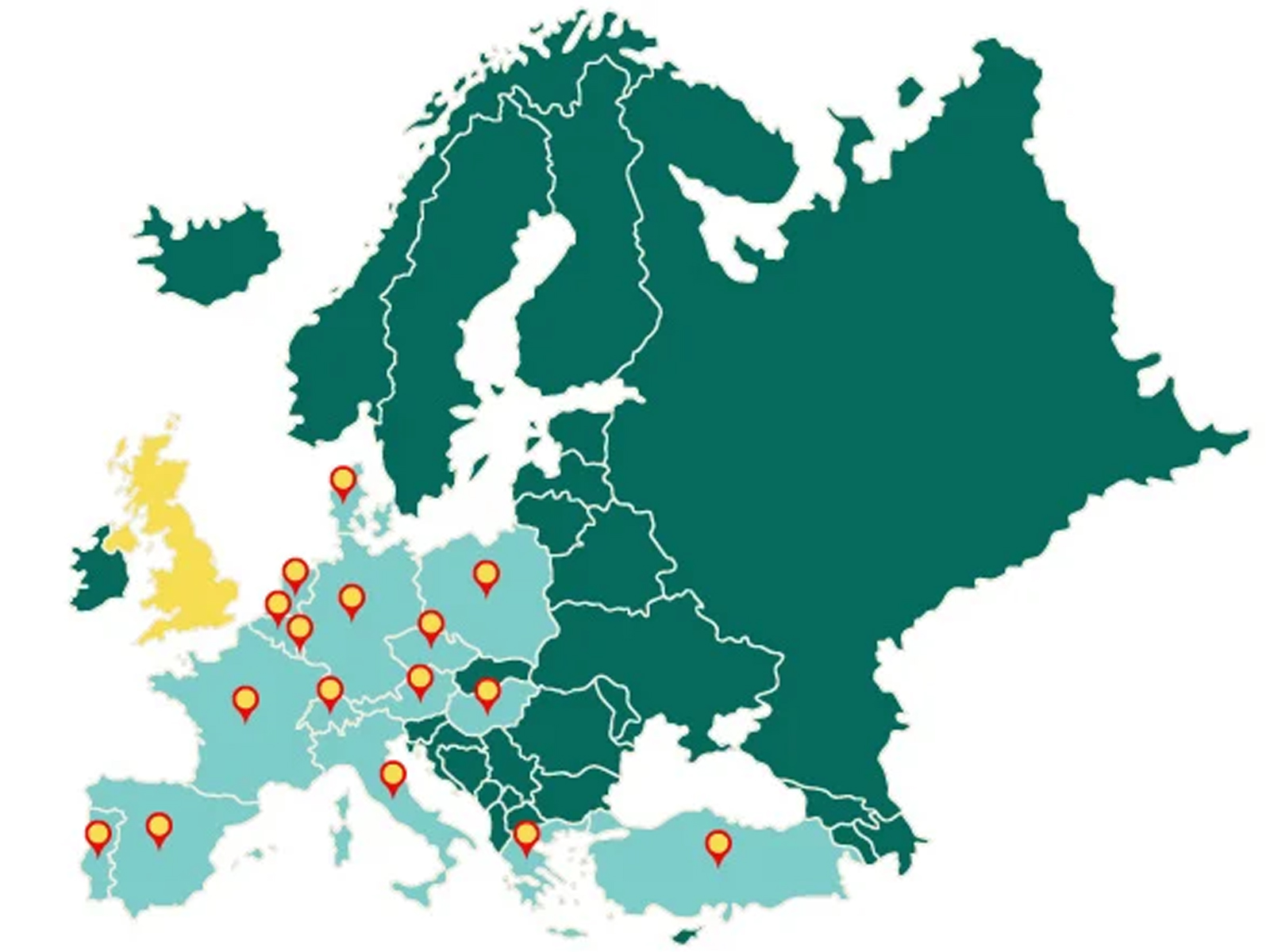
At the heart of Ziegler’s success is our commitment to collaboration. We’ve cultivated strong relationships with leading freight forwarders across Europe, allowing us to offer a service that combines local expertise with global reach. A big acknowledgment goes to these partnerships who form the backbone of our European network, enabling us to provide seamless, efficient, and reliable service across the continent:
Transdanubia, Bardino GmbH, Lagermax, Cargo 2000, Dimotrans Group, Schmidt-Gevelsberg, BachleG mbH, Spedicam GmbH, Hauschildt GmbH, Navis AG, Heinrich Koch, ERKA Internationale, Winner GmbH, Ghabze Europe Ltd, Assisped, Bertin SRL, Zust Ambrosetti S.p.A, Italmondo S.p.A, Italsempione S.p.A, Cinquina, Sobolux S.A, DMC – Logistics, Transnatur, Objektif
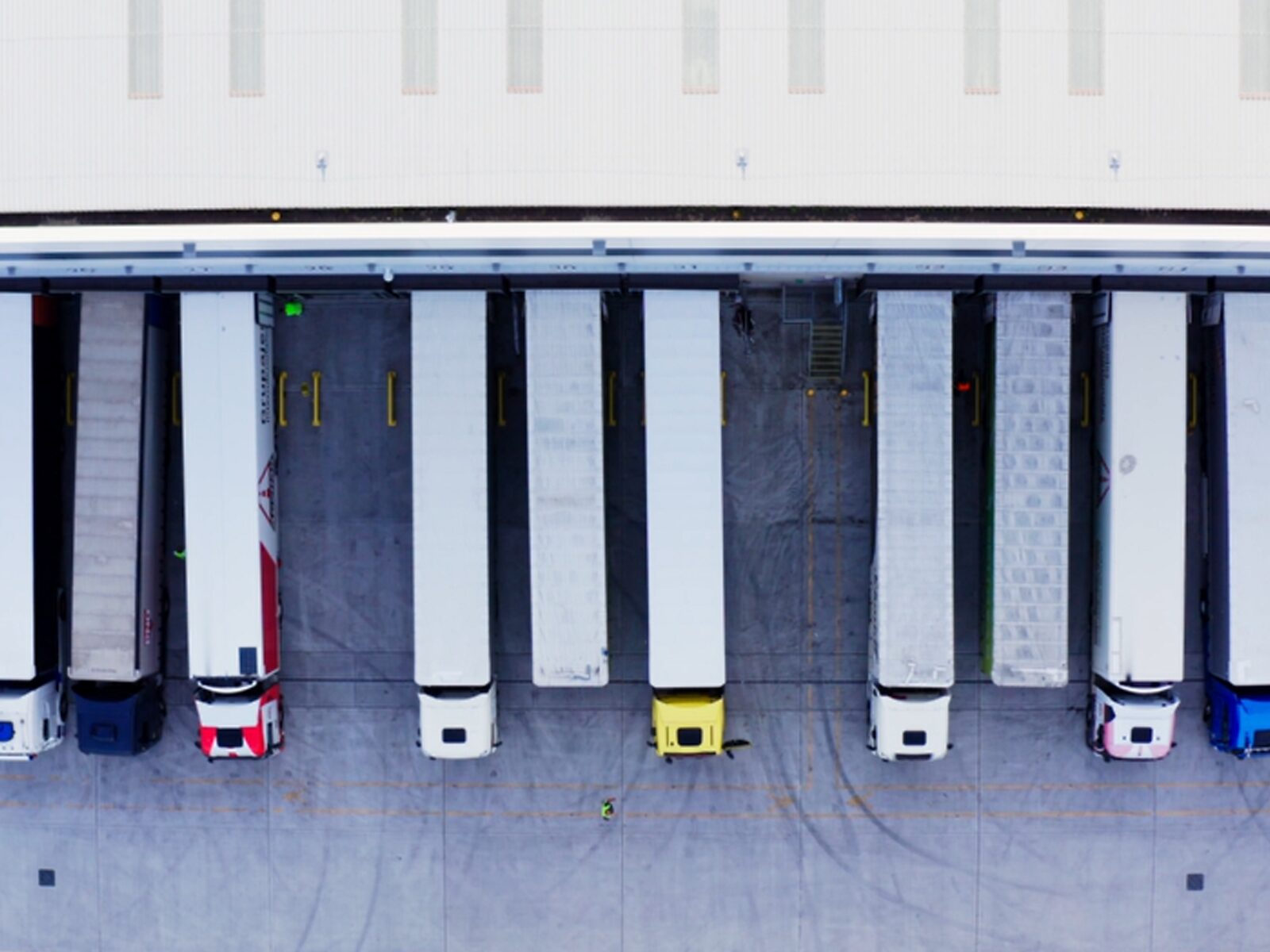
Why Our Collaborative Network Benefits You
While some may assume that freight transportation suppliers with complete internal operations would be the better choice, Ziegler’s collaborative network offers unique advantages:
- Unparalleled Local Expertise: Our partners are experts in their local markets, providing invaluable insights into regional regulations, customs procedures, and business practices. This local knowledge helps navigate potential challenges and ensures smooth operations.
- Flexibility and Scalability: Our network allows us to quickly adapt to changing market conditions and client needs. We can scale operations up or down in different regions without the constraints of fixed assets.
- Cost-Efficiency: By leveraging our partners’ existing infrastructure, we can offer competitive pricing without compromising on service quality. This approach allows us to optimize costs and pass the savings on to our clients.
- Wider Geographic Coverage: Our collaborative network enables us to reach areas that might be challenging for a single company to serve effectively. This extensive coverage opens up new markets and opportunities for our clients.
- Innovation and Best Practices: Collaboration fosters innovation. By working with various partners, we’re exposed to diverse approaches and technologies, allowing us to continuously improve our services.
- Resilience: A diverse network of partners provides redundancy and alternatives, making our supply chain more resilient to disruptions in specific regions or with particular carriers.

Harnessing the Power of Collaboration for Your Success
Ziegler’s European Partner Network exemplifies the benefits of third-party partnerships discussed in our previous article “Unlocking Global Reach: Why Third-Party Partnerships Are the Key to Supply Chain Success”. By combining our expertise with that of trusted local partners, we’ve created a freight forwarding solution that offers the best of both worlds: the reliability and consistency of a large, established company, with the flexibility, local knowledge, and personalised service of smaller, specialised operators.
This collaborative approach allows us to provide comprehensive coverage across Europe while maintaining the agility to meet the unique needs of each client. Whether you’re looking to expand into new European markets or optimise your existing supply chain, Ziegler’s extensive network is your gateway to efficient, reliable, and flexible freight forwarding across the continent.
The ability to track shipments in real-time has become a critical component of efficient supply chain management. As businesses strive to meet ever-increasing customer expectations for speed and transparency, leveraging cutting-edge technology for shipment tracking and visibility has become essential. Here, we explore the transformative impact of technology on shipment tracking and highlights how Ziegler’s innovative solutions are leading the way in this digital revolution.
The Evolution of Shipment Tracking
Gone are the days when tracking a package meant calling a customer service line and waiting for manual updates. The advent of digital technologies has ushered in a new era of real-time visibility, allowing shippers and recipients to monitor their goods at every step of the journey. From GPS and RFID tags to IoT sensors and blockchain, a myriad of technologies now work in concert to provide unprecedented levels of transparency and control.
Real-time tracking offers numerous benefits:
- Enhanced customer satisfaction: Customers can access up-to-the-minute information about their shipments, reducing anxiety and increasing trust.
- Improved operational efficiency: Logistics providers can optimise routes, predict delays, and proactively address issues.
- Reduced losses and theft: Constant monitoring helps prevent loss and quickly identify any irregularities.
- Better inventory management: Real-time data enables more accurate forecasting and just-in-time inventory practices.
- Increased sustainability: Optimised routes and reduced empty miles contribute to lower carbon emissions.
Ziegler’s Cutting-Edge Solutions
Recognising the critical importance of real-time visibility, Ziegler has developed two powerful applications that are revolutionising the way businesses manage their shipments: Ziegler Order Entry (ZOE) and Easy Track.
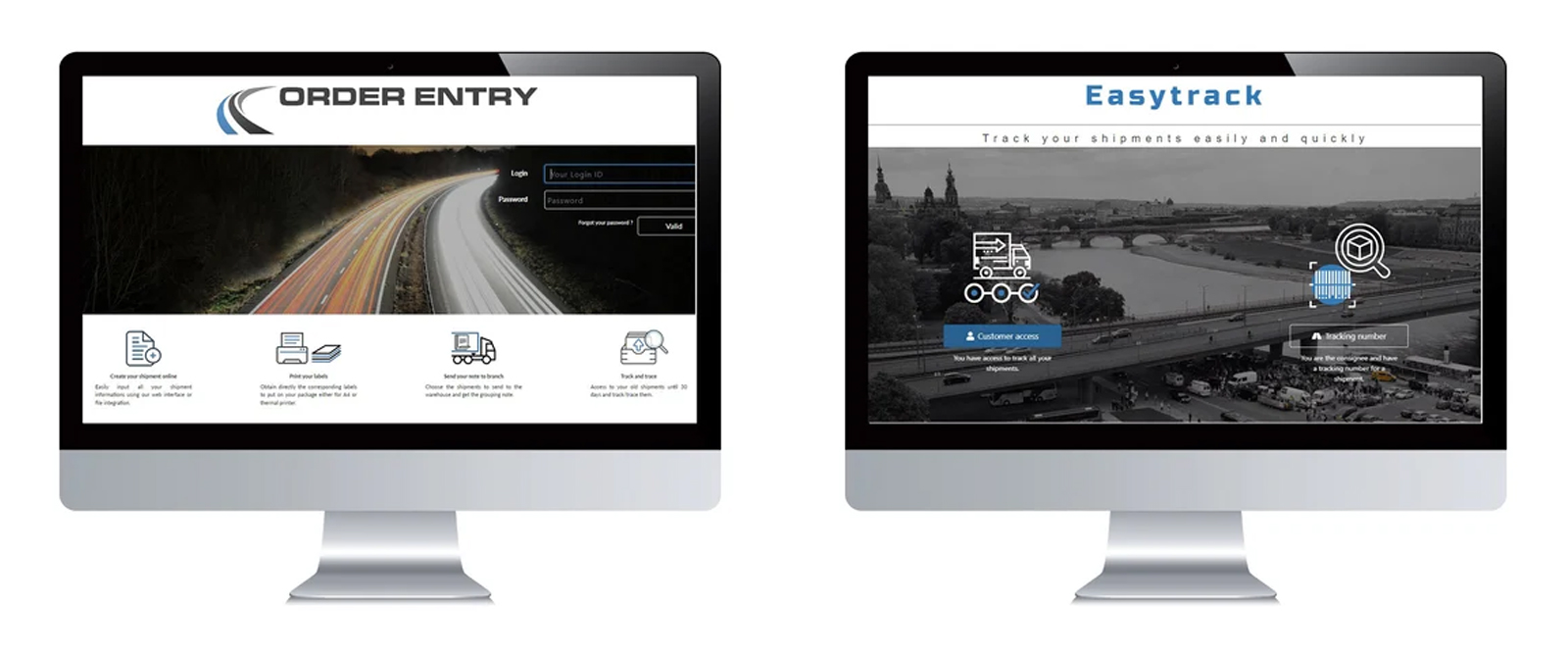
Ziegler Order Entry (ZOE)
ZOE is a game-changing platform that streamlines the entire order entry process. This intuitive application allows users to:
- Quickly create and submit shipping orders
- Access real-time quotes and transit times
- Track shipments from pickup to delivery
- Manage documentation electronically
- Generate customised reports
By centralising these functions in one user-friendly interface, ZOE significantly reduces administrative burden and minimises the risk of errors. The result is a more efficient, cost-effective shipping process that keeps customers informed every step of the way.
Easy Track
Complementing ZOE, Easy Track takes shipment visibility to the next level. This powerful tracking tool provides:
- Real-time GPS tracking of shipments
- Customisable alerts and notifications
- Detailed shipment history and status updates
- Integration with other supply chain systems
- Mobile access for on-the-go monitoring
Easy Track empowers businesses with the information they need to make informed decisions, proactively address potential issues, and keep their customers satisfied. By providing granular visibility into the shipping process, Easy Track helps companies optimise their supply chains and stay ahead of the competition.
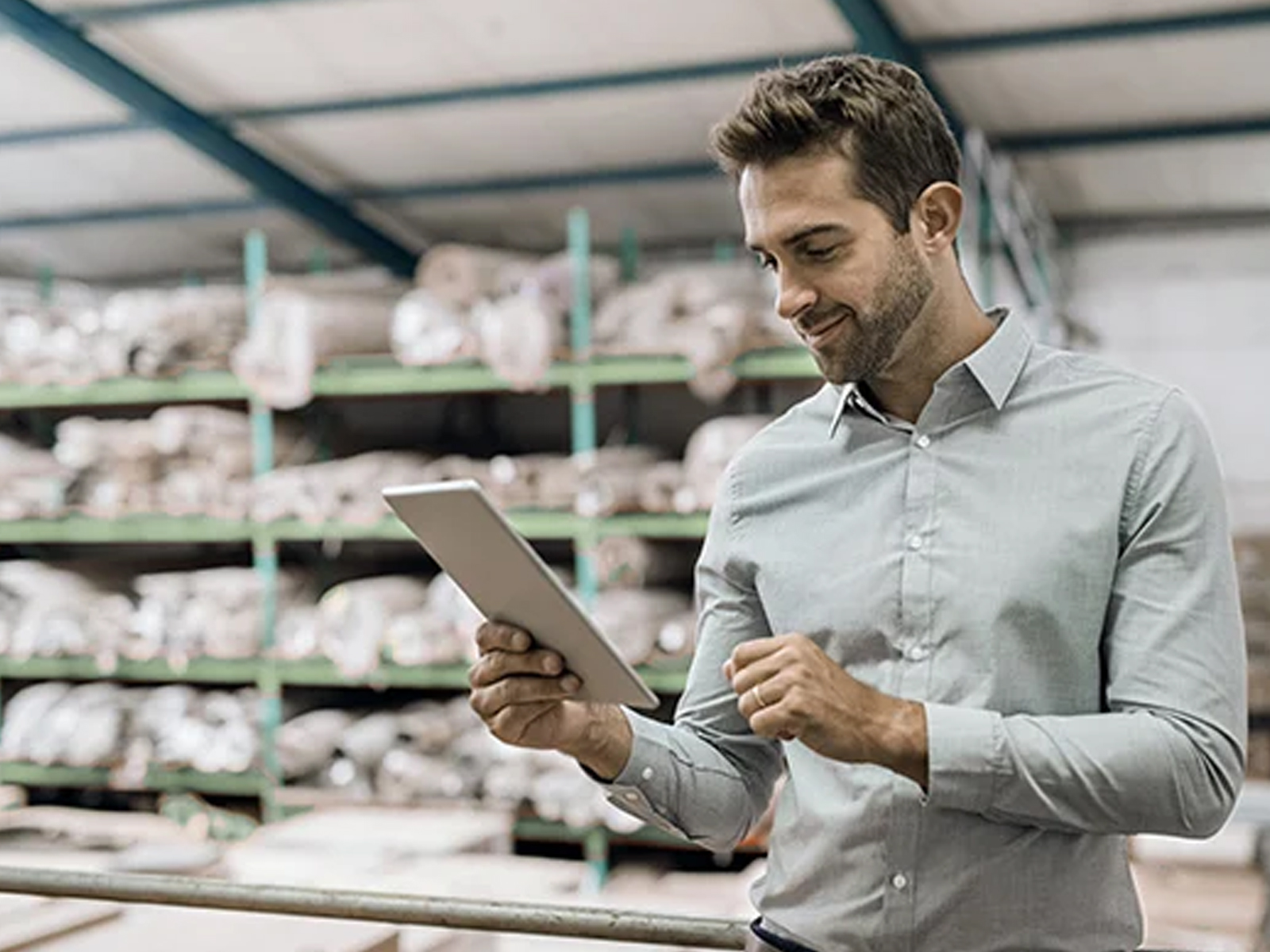
The Future of Shipment Tracking: MyZiegler
As impressive as ZOE and Easy Track are, Ziegler is not resting on its laurels. We are currently trialling an exciting new platform called MyZiegler in Belgium, with plans to roll it out to other countries, including the UK, in the near future.
MyZiegler promises to be a comprehensive, all-in-one solution that combines the best features of ZOE and Easy Track while adding new functionalities to further enhance the user experience. Whilst the program goes through the latter stages of refinement, the final package of MyZiegler will offer:
- Advanced analytics and predictive capabilities
- Seamless integration with customers’ existing systems
- Enhanced collaboration tools for stakeholders across the supply chain
- Customisable dashboards for at-a-glance insights
- Artificial intelligence-powered route optimisation and risk assessment
The introduction of MyZiegler demonstrates Ziegler’s commitment to continuous innovation and its dedication to providing customers with the most advanced shipment tracking and visibility tools available.
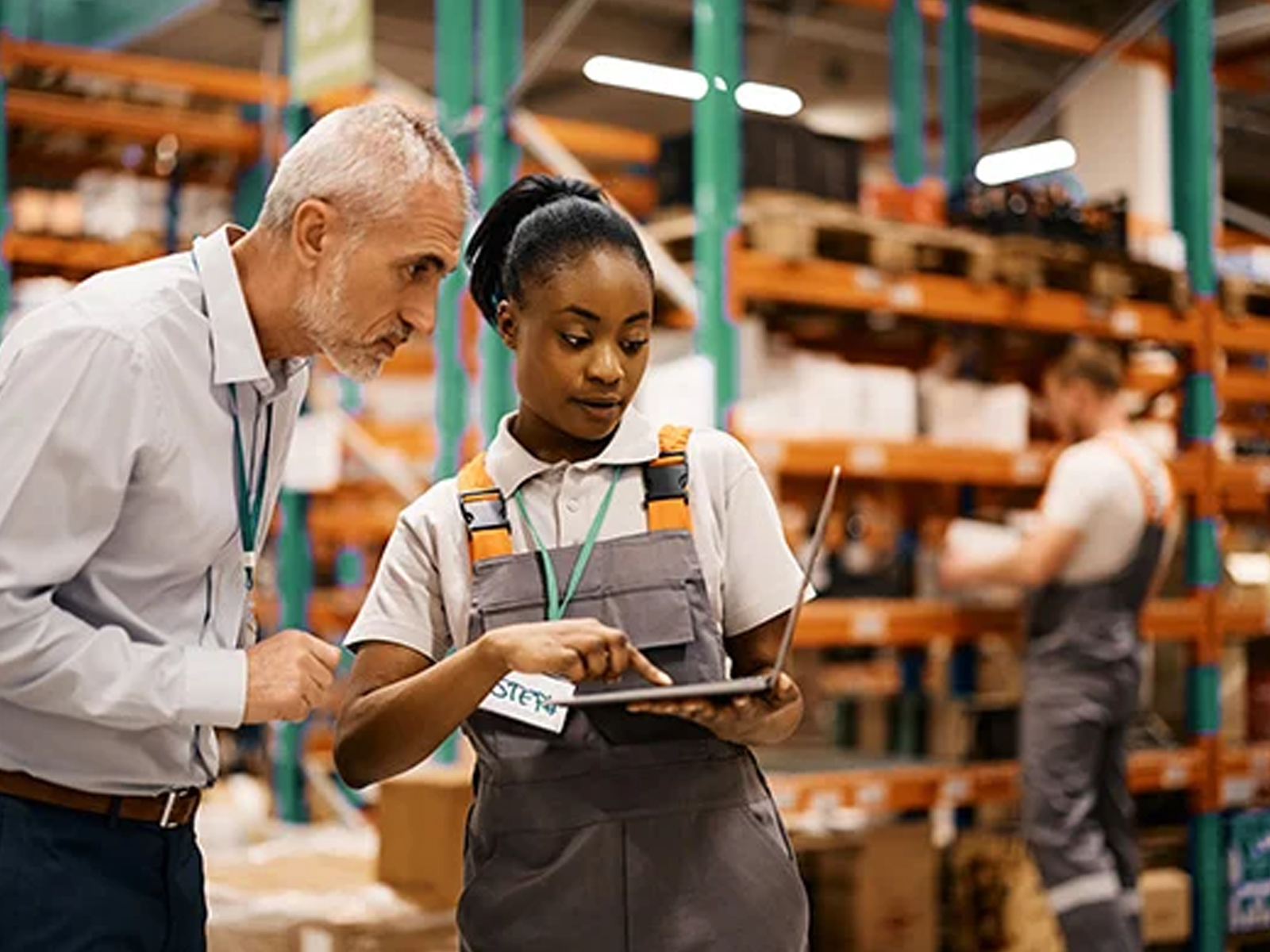
Embracing the Digital Future
As technology continues to evolve at a rapid pace, the future of shipment tracking looks brighter than ever. From artificial intelligence and machine learning to the Internet of Things and 5G networks, emerging technologies promise to make tracking even more precise, predictive, and valuable.
By leveraging these advancements, we are are not just improving visibility; we’re transforming the entire logistics landscape. Real-time tracking is no longer a luxury—it’s a necessity for businesses looking to thrive in an increasingly competitive global marketplace.
In today’s interconnected world, global shipping has become an intricate dance of logistics, regulations, and coordination. Ziegler have branches in 15 countries worldwide but through a growing partner network, we have coverage across 195 countries. This exemplifies the complex nature of modern supply chains, with the process of moving goods from point A to point B across international borders involving a myriad of challenges. Some of which are detailed below.
Global shipping presents a multifaceted challenge that encompasses various complex elements. Regulatory compliance stands as a formidable hurdle, with each country enforcing its own set of customs regulations, tariffs, and documentation requirements, making the task of staying current with these ever-changing rules a full-time endeavour. Adding to this complexity are the significant infrastructure variations across regions, where disparities in the quality and availability of transportation networks can substantially impact transit times and costs. Effective communication, crucial in logistics, is often hindered by cultural and language barriers, leading to potential misunderstandings and delays. The geopolitical landscape further complicates matters, as trade disputes, sanctions, and political instability can abruptly disrupt established supply routes, necessitating swift adaptations. Lastly, the technical challenge of integrating compatible tracking and management systems across diverse regions adds another layer of complexity to the already intricate world of global shipping. These intertwined factors collectively contribute to the maze-like nature of international logistics, requiring expertise and adaptability to navigate successfully.

The Drawbacks of Keeping Everything In-House
While maintaining complete control over supply chain operations might seem appealing, there are several significant drawbacks for clients who choose an entirely in-house approach:
Higher Costs: Without the economies of scale that specialised logistics providers can offer, in-house operations often result in higher shipping costs that are passed on to clients. This can significantly impact a company’s competitiveness in price-sensitive markets.
Limited Global Reach: Establishing a truly global presence requires enormous resources. Clients relying solely on in-house logistics often find themselves unable to efficiently serve certain markets or regions, limiting their growth potential.
Slower Adaptation to Market Changes: In-house operations typically lack the flexibility to quickly adapt to sudden changes in demand or new market opportunities, potentially causing clients to miss out on business growth.
Increased Risk of Delays and Disruptions: Without access to diverse shipping routes and methods that 3rd party networks provide, clients face a higher risk of supply chain disruptions due to unforeseen events in specific regions.
Reduced Focus on Core Business: Managing complex global logistics operations in-house can divert significant time and resources away from a client’s core business activities, potentially hampering innovation and competitiveness.
According to a 2022 study by Gartner, companies that rely solely on in-house logistics spend an average of 12% more on their supply chain operations compared to those leveraging 3rd party partnerships.
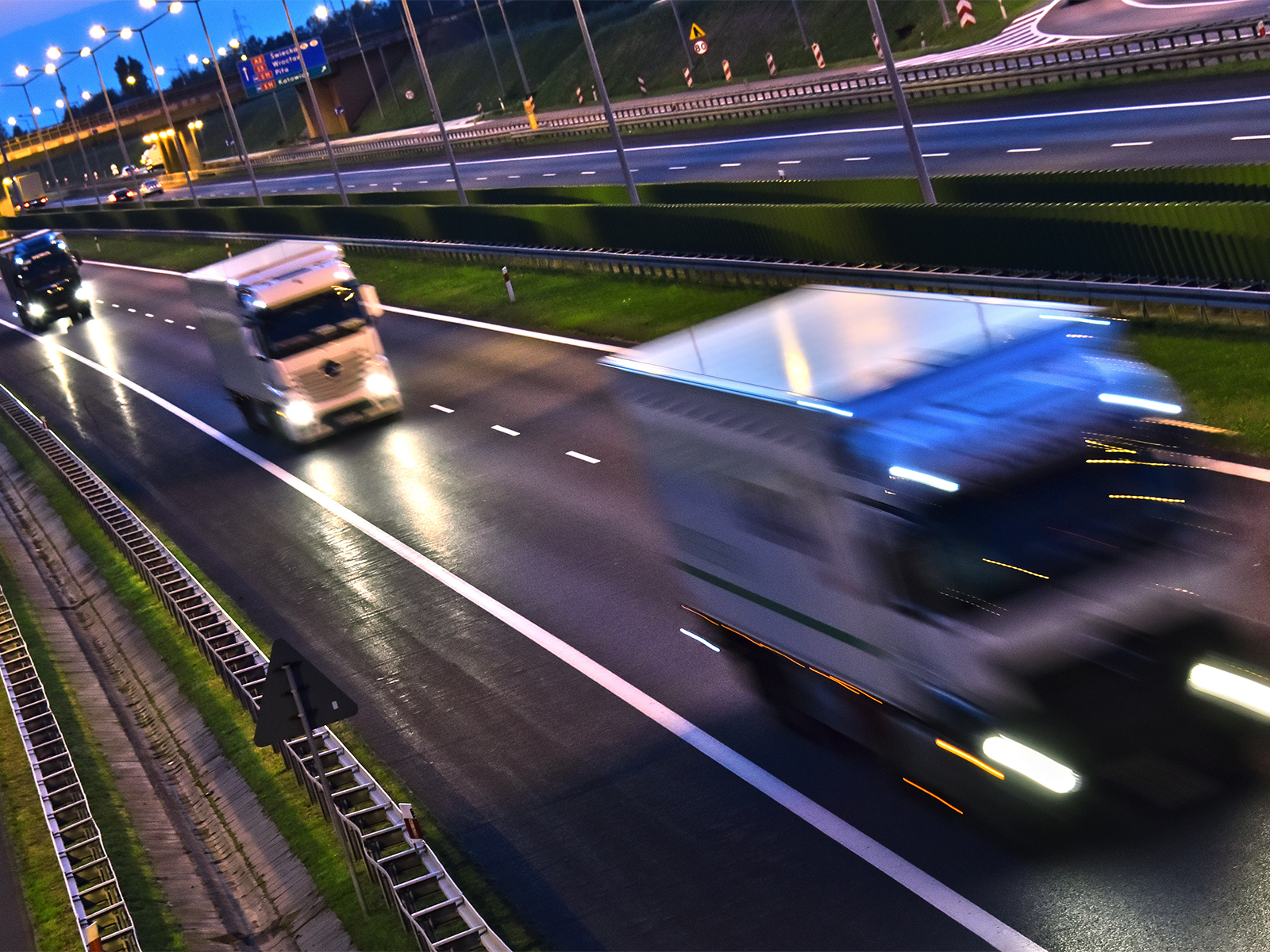
10 Benefits of 3rd Party Partnerships
Given the complexities of global shipping and the drawbacks of a fully in-house approach, partnering with 3rd party logistics providers offers numerous advantages:
- Access to Specialised Expertise: 3rd party partners bring deep, local knowledge of specific markets, regulations, and best practices. This expertise can be invaluable in navigating complex regulatory environments and optimising routes.
- Cost Efficiency: By leveraging the existing infrastructure and networks of partners, companies can achieve economies of scale without the need for massive capital investments. The 2023 Third-Party Logistics Study reported that shippers using 3PL services saw an average logistics cost reduction of 15%.
- Flexibility and Scalability: Working with multiple partners allows companies to quickly scale operations up or down in response to market demands. This agility is particularly valuable in today’s volatile global markets.
- Risk Mitigation: Diversifying logistics operations across multiple partners helps spread risk and reduces vulnerability to disruptions in any single region or provider.
- Focus on Core Competencies: Outsourcing logistics to specialised partners allows companies to concentrate on their core business activities, improving overall efficiency and competitiveness.
- Technology Access: Leading 3rd party logistics providers invest heavily in advanced technologies like AI-driven route optimisation, real-time tracking, and predictive analytics. Partnering with them gives access to these capabilities without the need for in-house development.
- Global Reach: As demonstrated by Ziegler’s model, partnerships enable companies to offer truly global coverage without the need for physical presence in every market.
- Compliance Assurance: Reputable 3rd party partners stay current with local regulations, reducing the compliance burden and risk for their clients.
- Improved Customer Service: With local partners handling last-mile delivery and customer interactions, companies can often provide better, more culturally attuned service in diverse markets.
- Innovation and Best Practices: Exposure to multiple partners’ operations allows companies to observe and adopt innovative practices from across the industry.
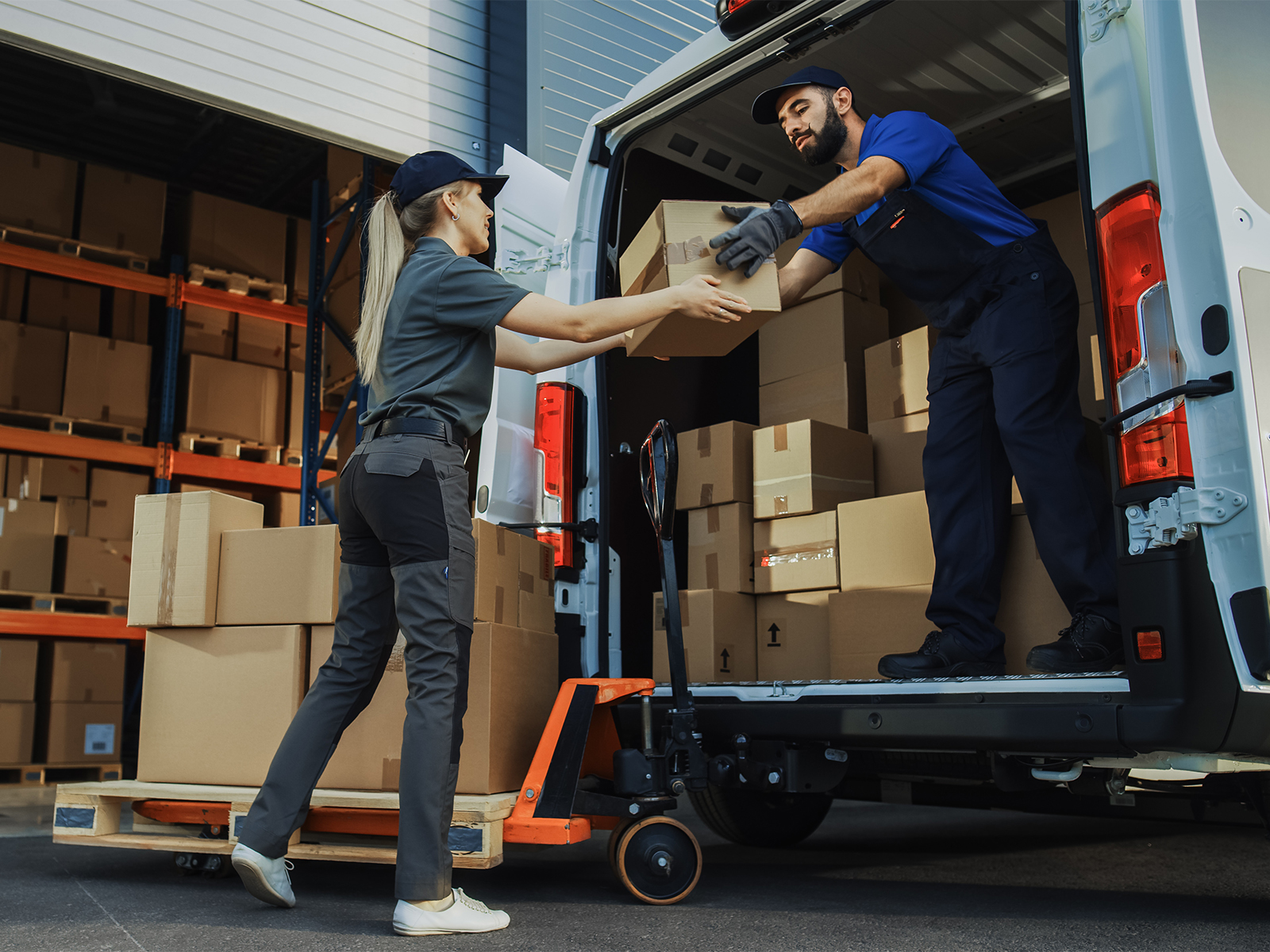
According to the 2023 Third-Party Logistics Study, 93% of 3PL users and providers agree that their relationships are successful. Moreover, 64% of shippers reported that 3PLs have helped them improve customer service.
While global shipping remains a complex challenge, the strategic use of 3rd party partnerships offers a powerful solution. Ziegler are able to demonstrate that by combining a core network of owned operations with an extensive web of partnerships. This enabled our clients to achieve global reach, maintain operational efficiency, and possess the agility to thrive in a dynamic marketplace. As supply chains continue to evolve, the ability to leverage diverse partnerships may well become a key differentiator between market leaders and those struggling to keep pace with global demands.
Speak with a Ziegler sales representative today to elevate your supply chain towards conquering the international market. https://www.zieglergroup.com/gb/contact/
European retailers are facing significant challenges as they rush to secure their Christmas orders early, driven by soaring shipping costs and disruptions in trade routes. The ongoing conflict in the Red Sea has severely impacted shipping prices and created substantial uncertainty in the supply chain.
Current Supply Chain Disruptions
The recent surge in container prices, which had initially peaked in January, has surged again. For businesses reliant on timely shipments, these disruptions necessitate meticulous advance planning to ensure timely deliveries for Black Friday and the Christmas season. Early planning, while effective in mitigating stock shortages, puts a strain on cash flow and requires additional warehouse space to store goods for longer periods. The spot rate for immediate delivery of goods has escalated from $4,500 to $7,500, significantly impacting bulky, low-margin items such as furniture and kitchen appliances.
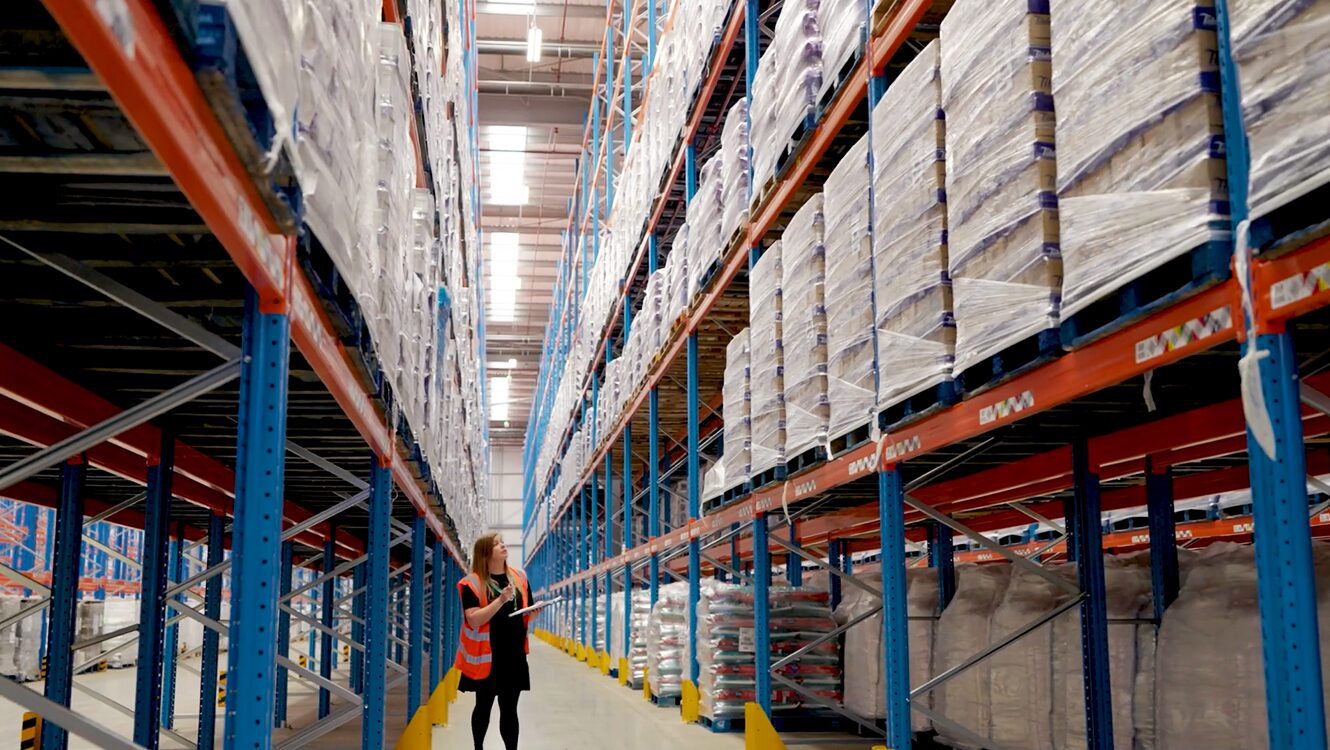
Impact on Retail Prices
The substantial increase in shipping costs leaves retailers with limited options to absorb these expenses, inevitably leading to higher prices for consumers on big-ticket items in the coming months. This surge in costs is a direct result of attacks in the Red Sea and Gulf of Aden, which have caused the average cost of shipping a 40ft container to rise to over $4,000, a 140% increase from 2023 levels.

Strategic Shipping Adjustments
Importers are adapting by shipping goods as early as possible, a lesson reinforced by past disruptions. Retailers typically begin importing goods for the holiday season between late summer and autumn, but many are now advancing their schedules to avoid potential shortages.
The strategic rerouting of vessels around Africa to avoid the Red Sea has extended shipping times, with journeys between Asia and Europe now requiring over 100 days. This adjustment not only affects the rotation of container equipment but also results in only 50% of global container shipping being completed on time.
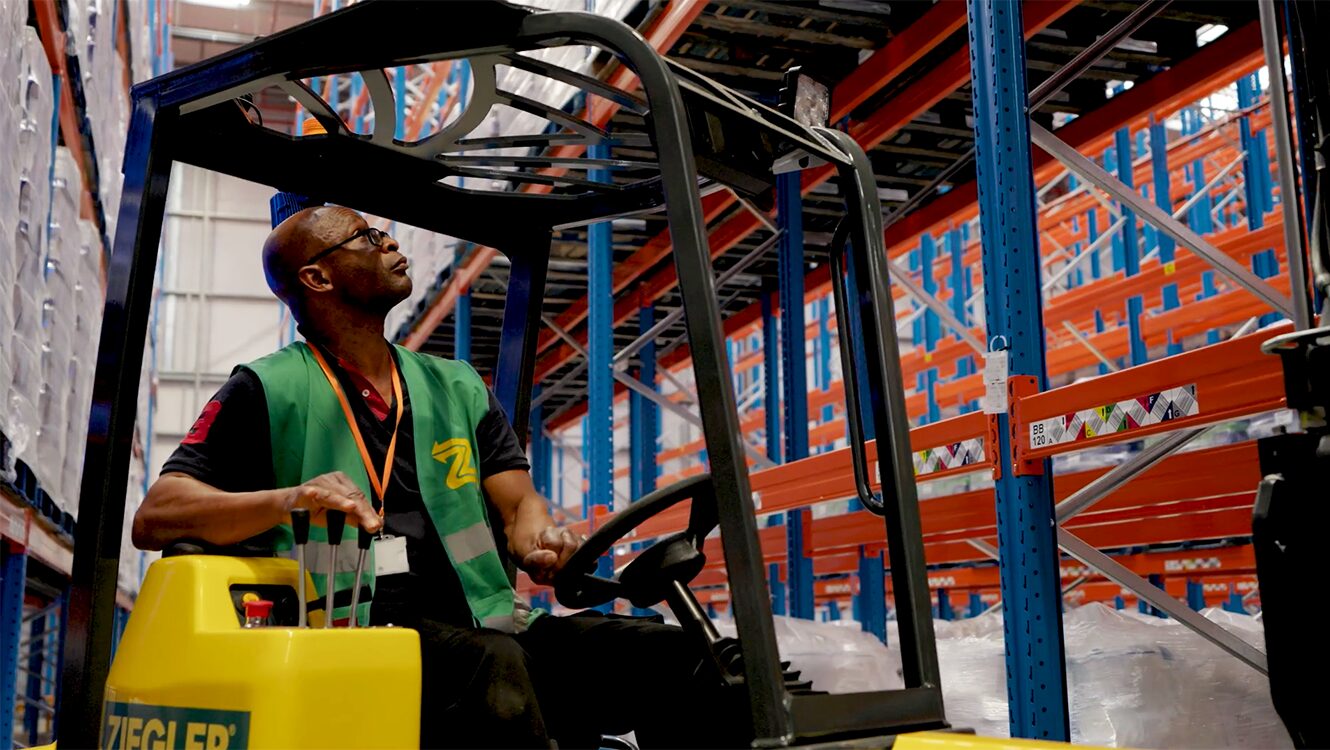
Ziegler’s Solution: London Gateway Warehouse
In the midst of these challenges, businesses face a critical need for reliable and ample warehouse space to accommodate early shipments and buffer against supply chain disruptions. Ziegler’s new 365,000 square foot warehouse facility at London Gateway presents an optimal solution. This state-of-the-art facility offers abundant storage space, ensuring that businesses can store their goods securely and efficiently as they navigate the complexities of current shipping dynamics.
By leveraging Ziegler’s extensive warehouse capabilities at London Gateway, businesses can better manage their inventory, reduce the impact of shipping delays, and maintain a steady supply of products for their customers. This strategic move not only addresses immediate storage needs but also positions businesses to handle future uncertainties with greater resilience and confidence.
For businesses actively engaged in shipping, Ziegler’s London Gateway facility stands out as a crucial asset in overcoming the ongoing warehouse space shortage and ensuring smooth operations during peak seasons.

